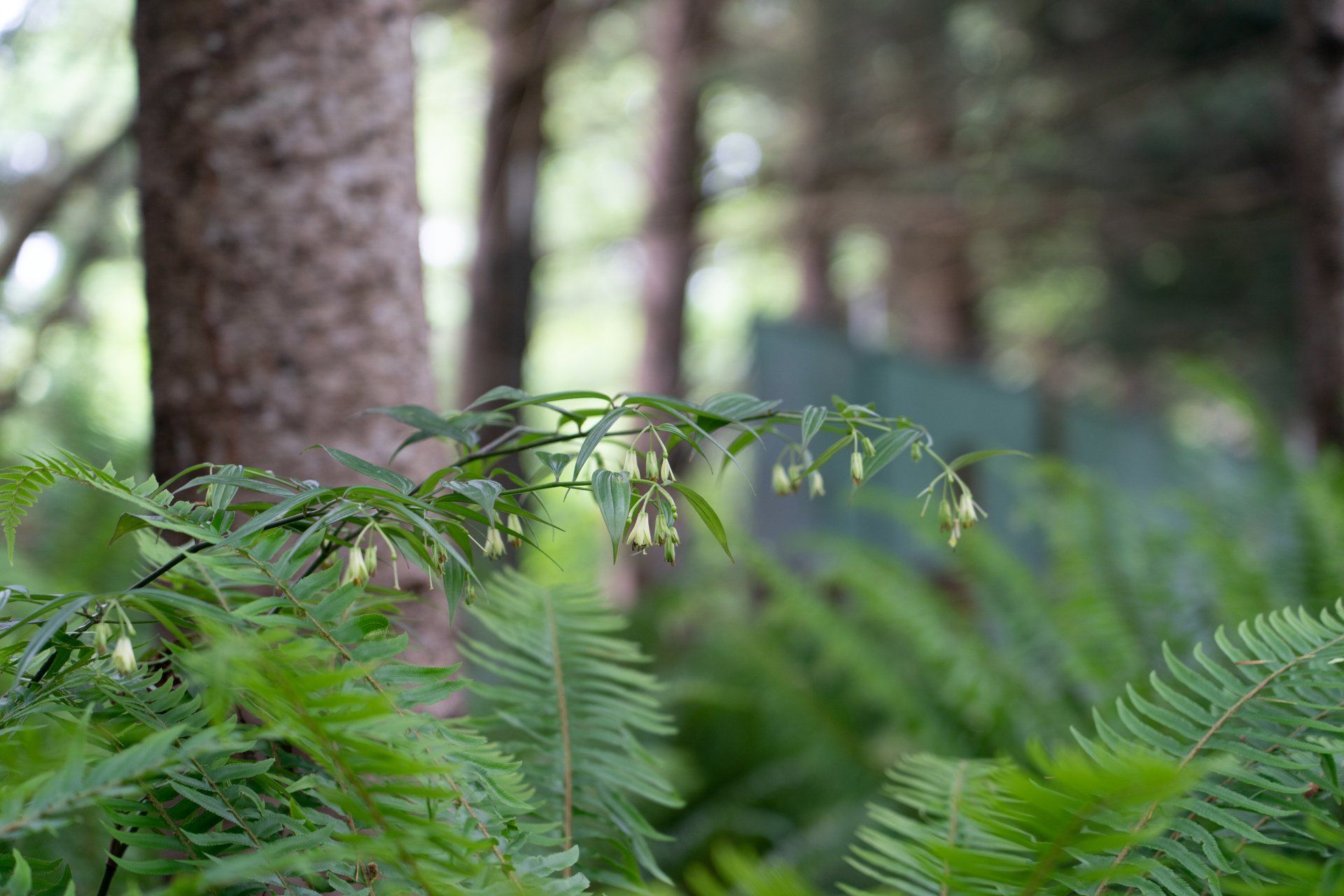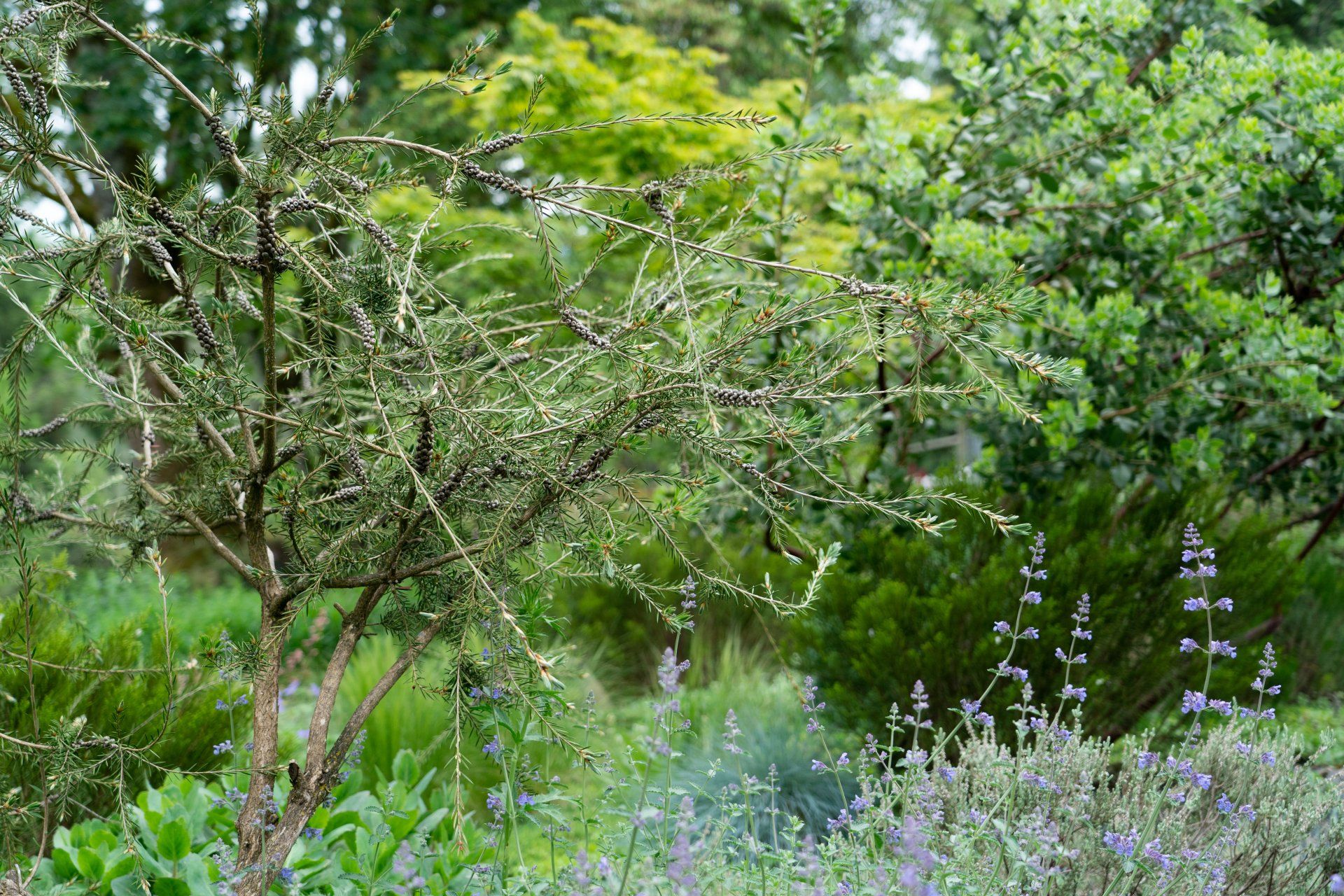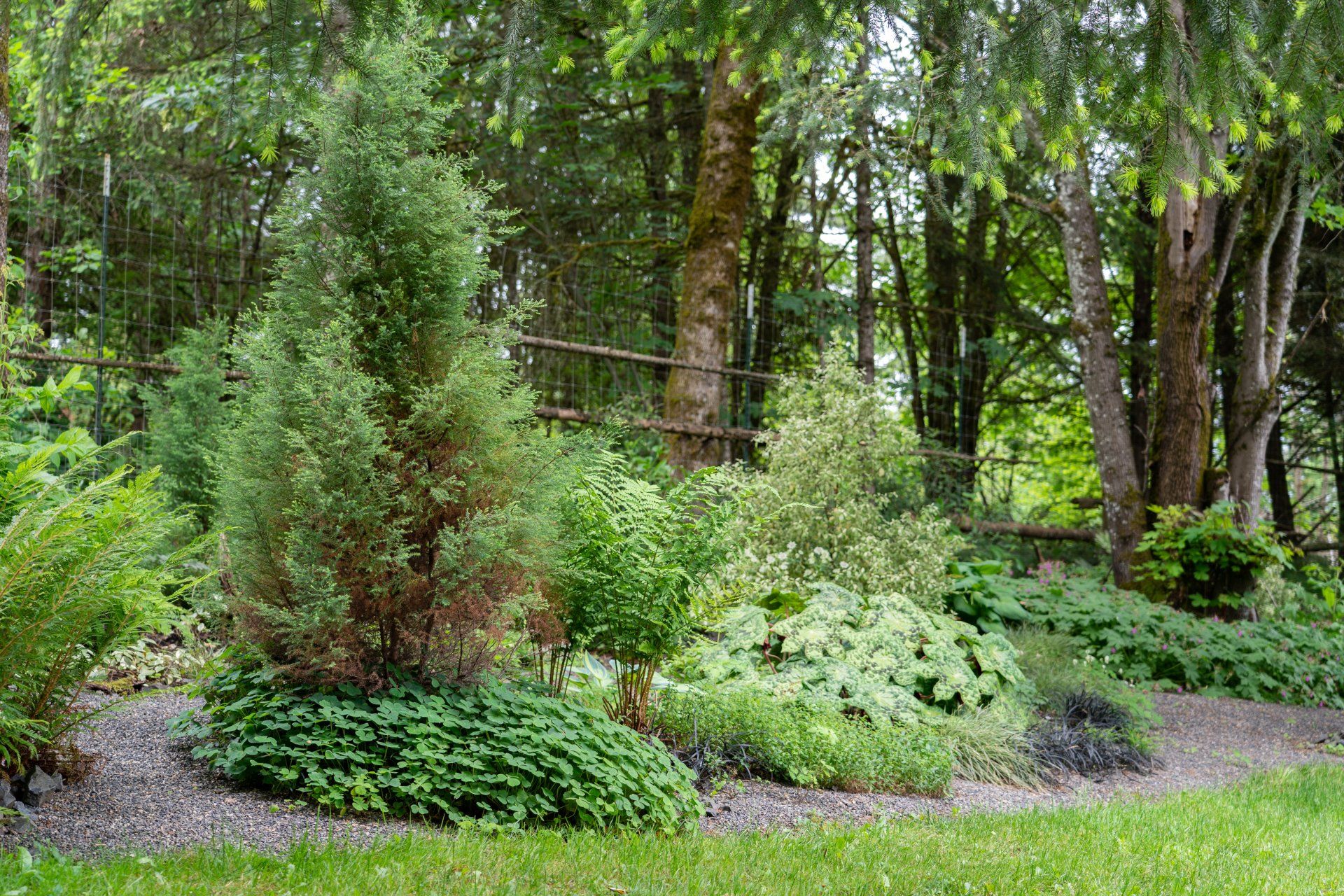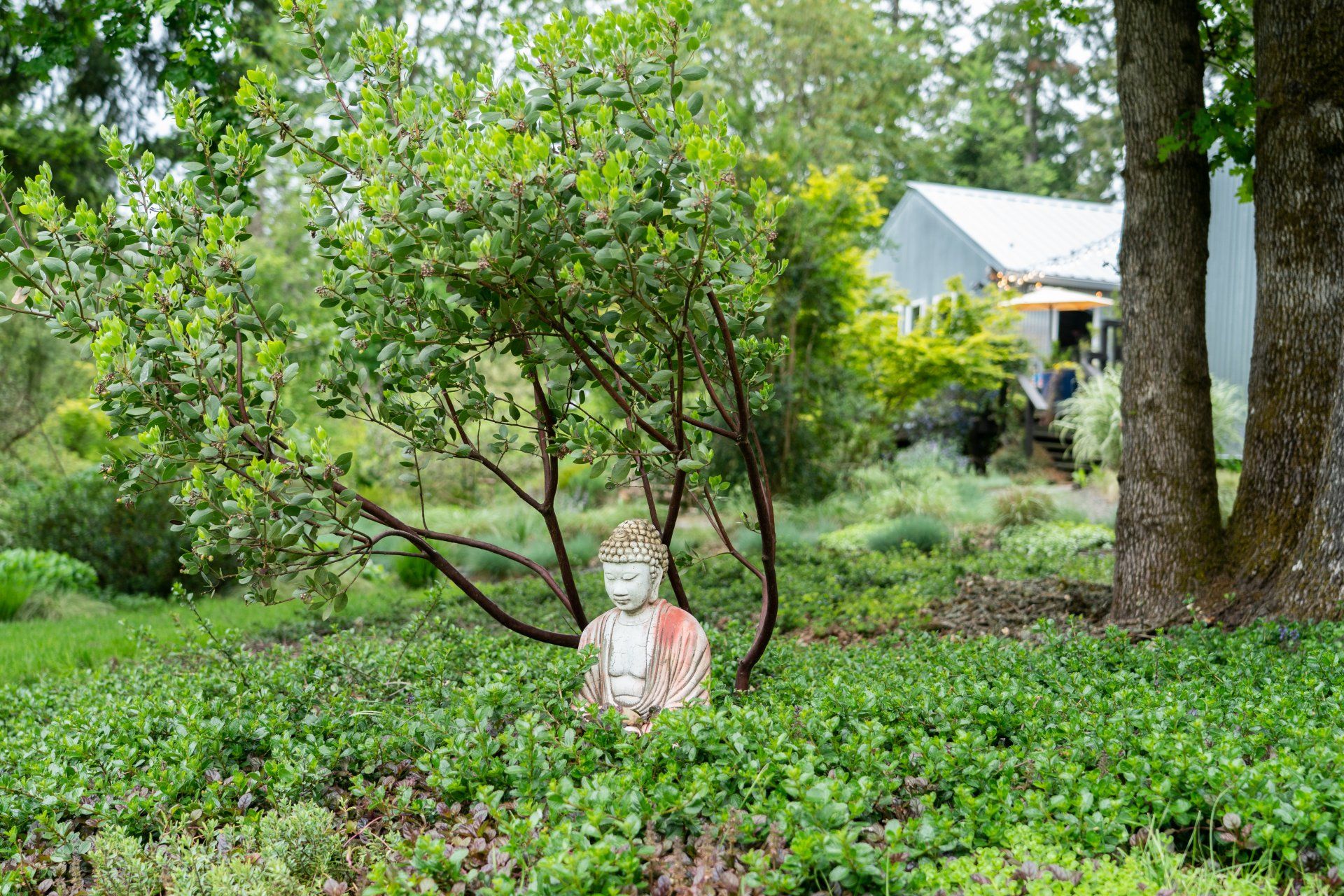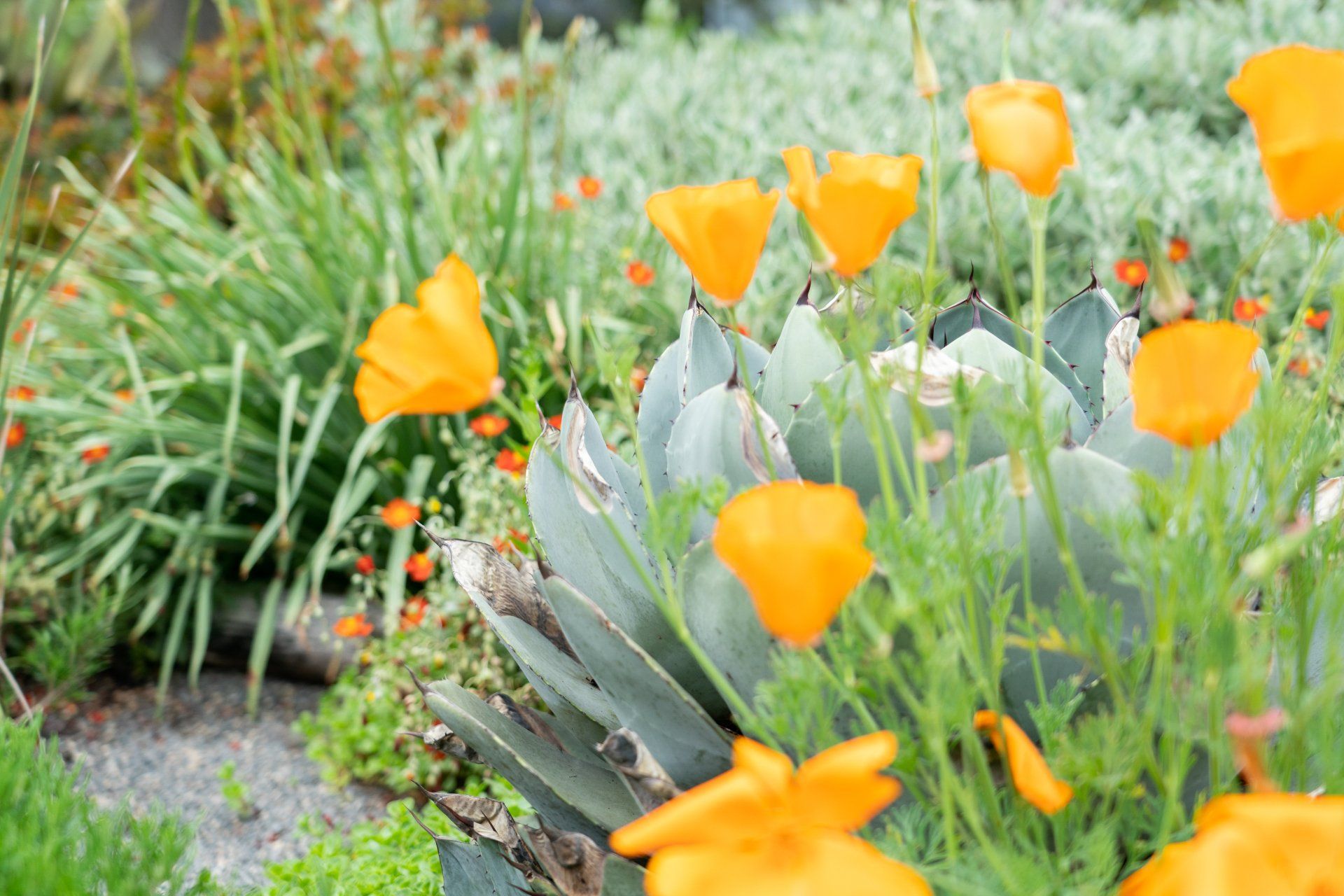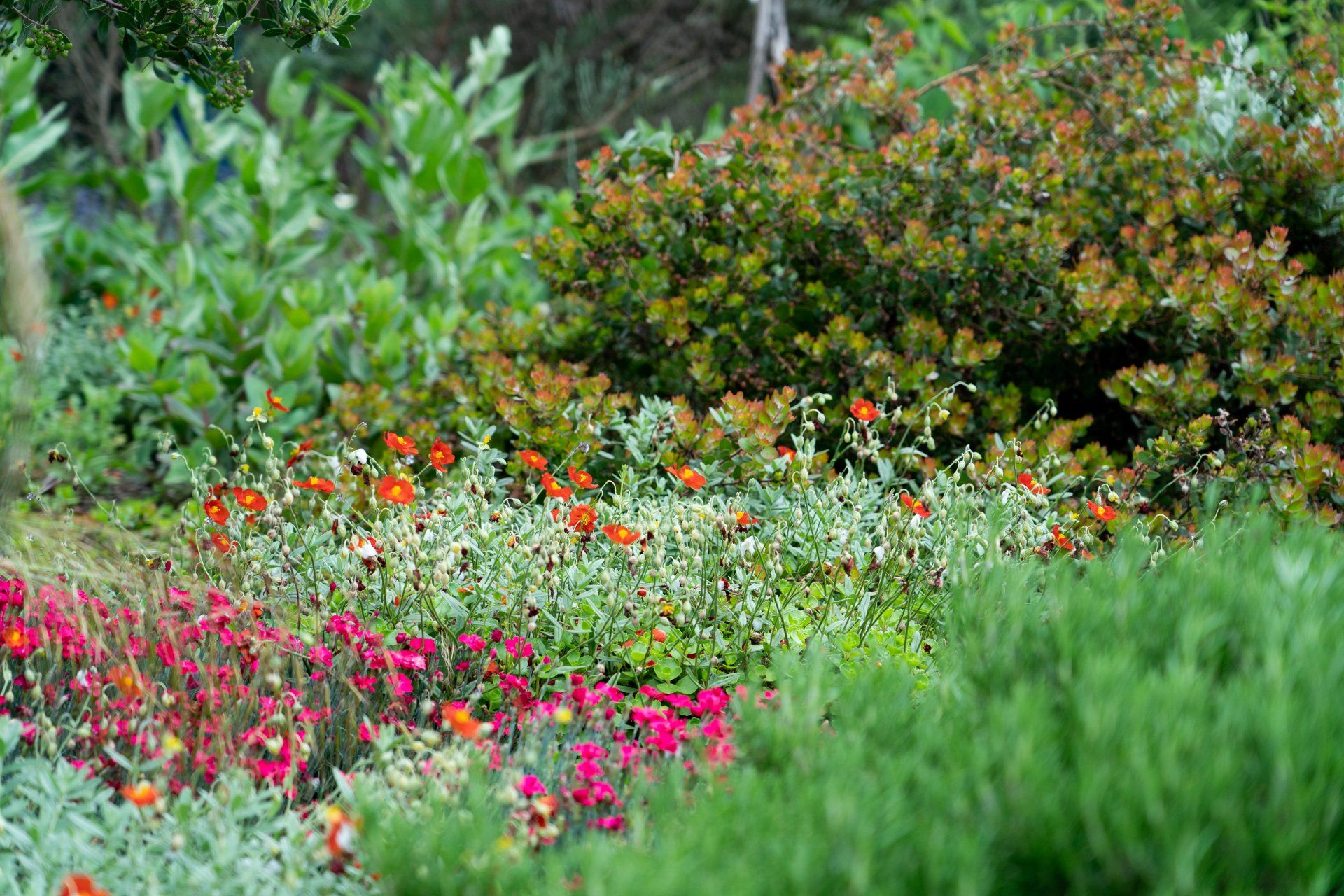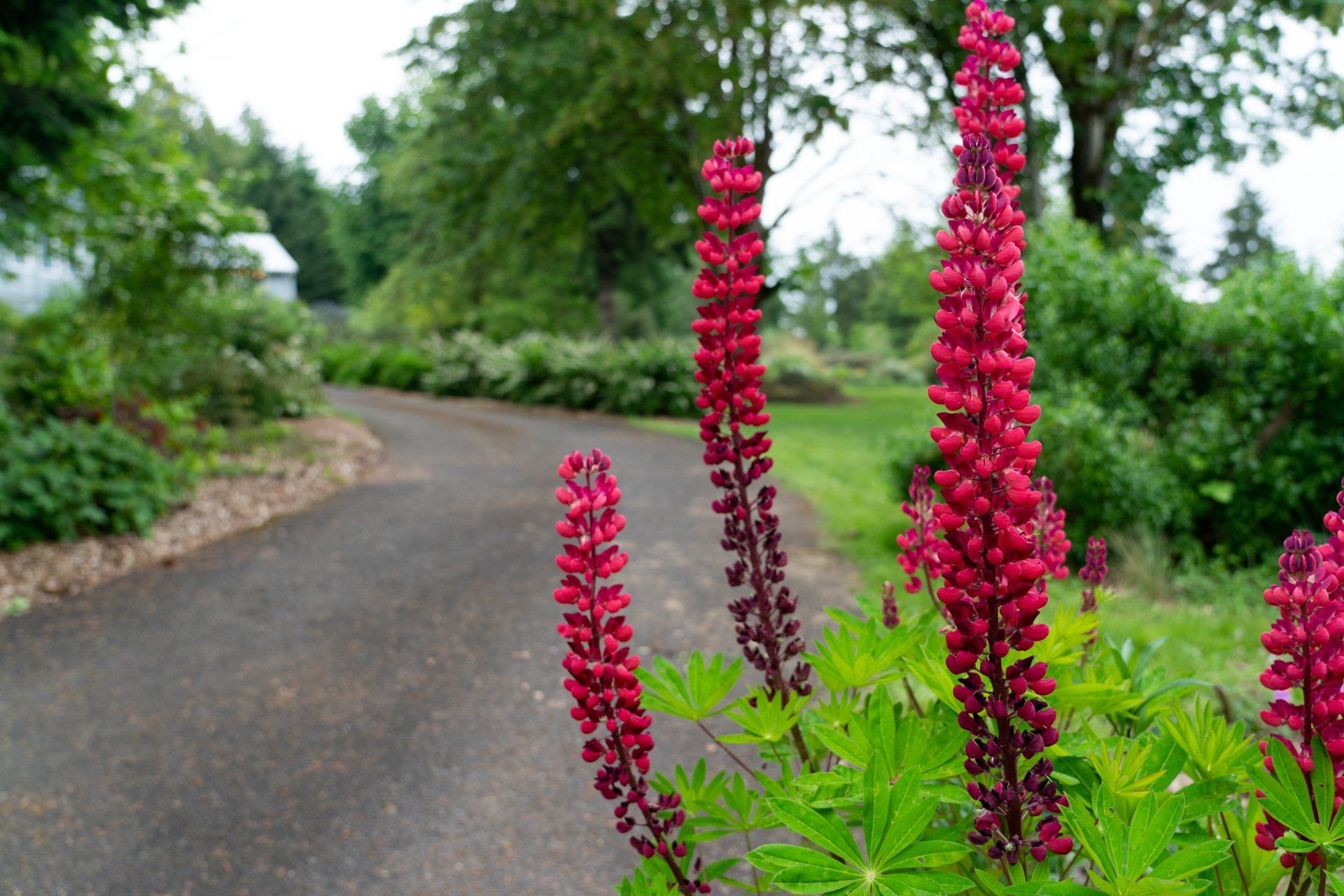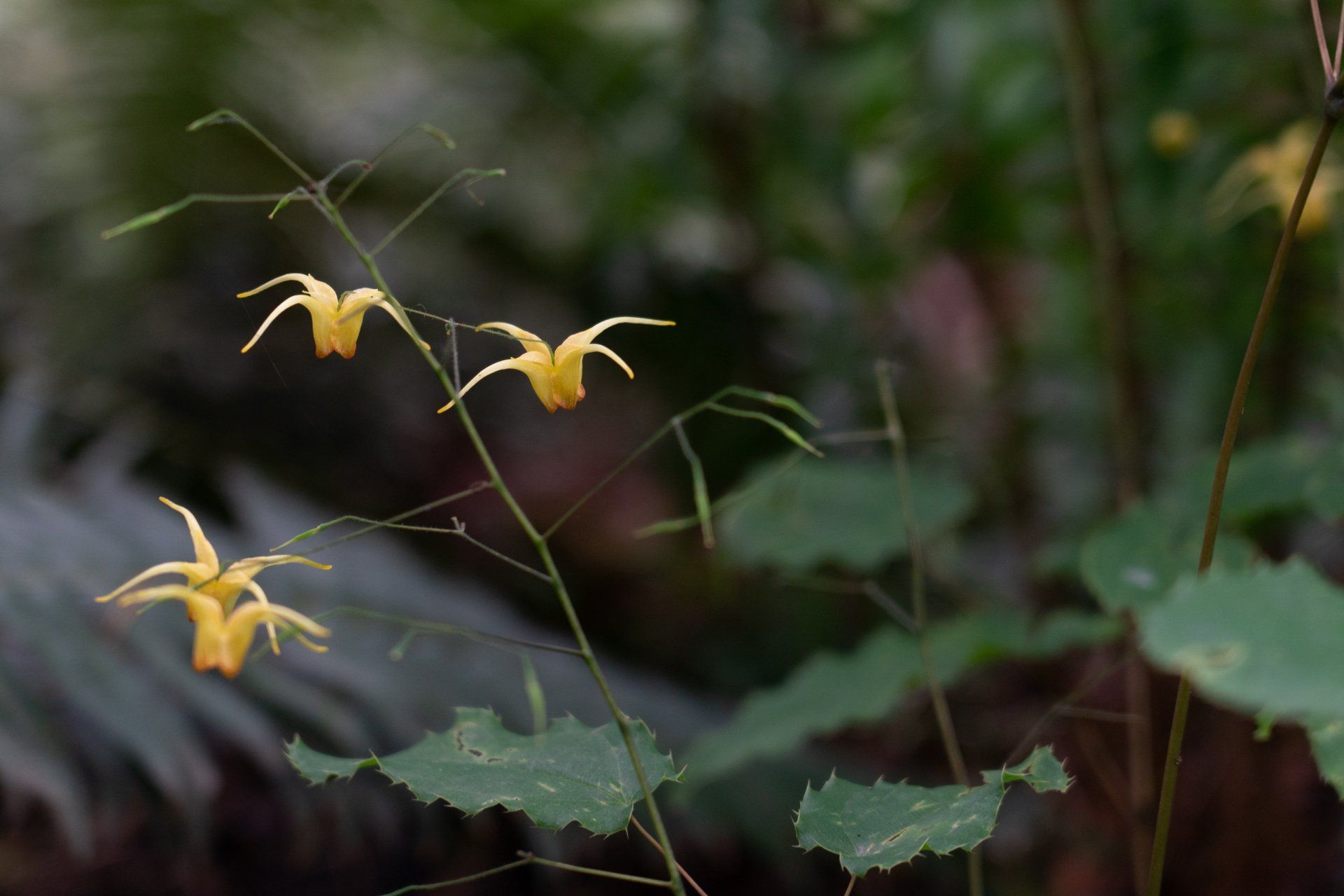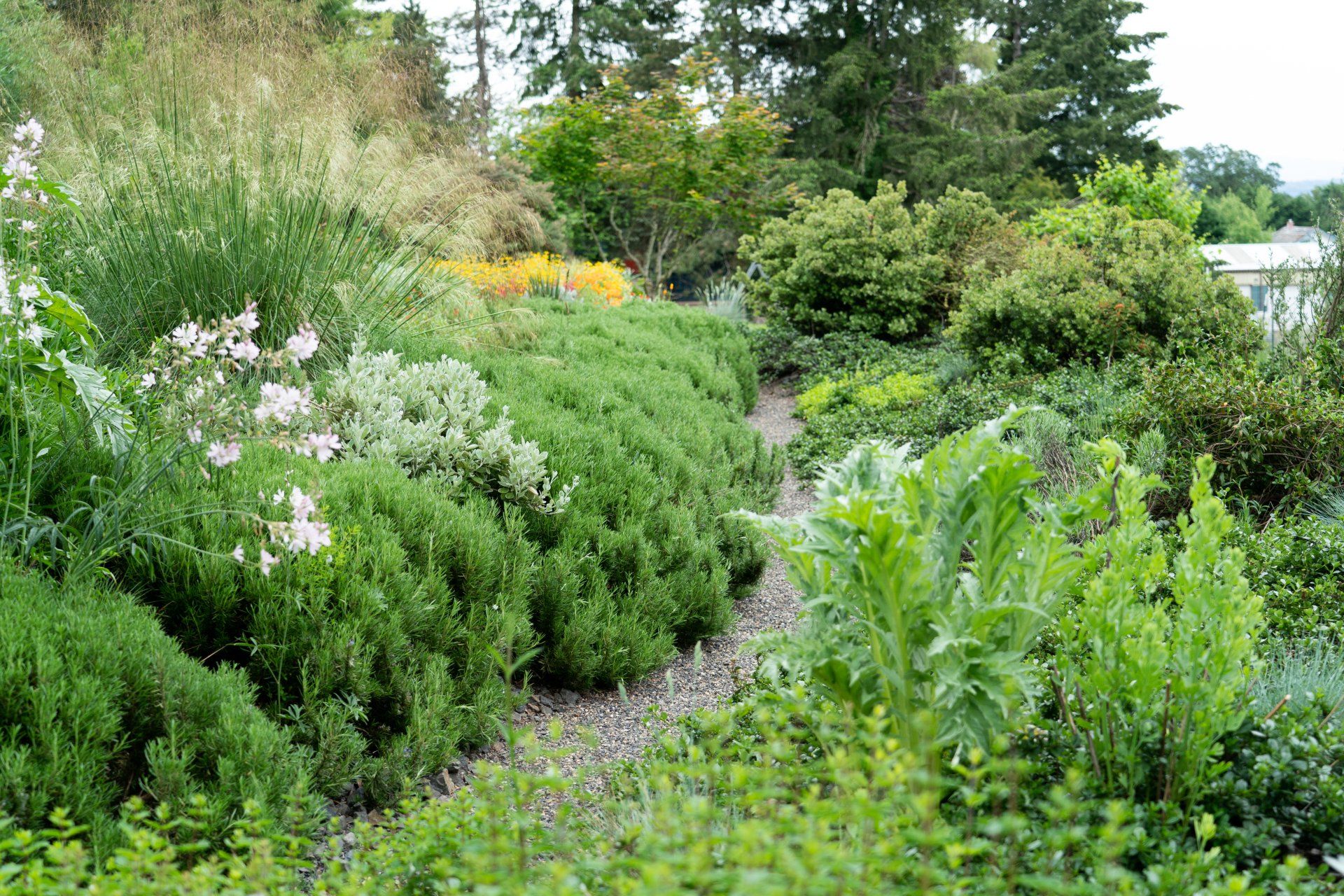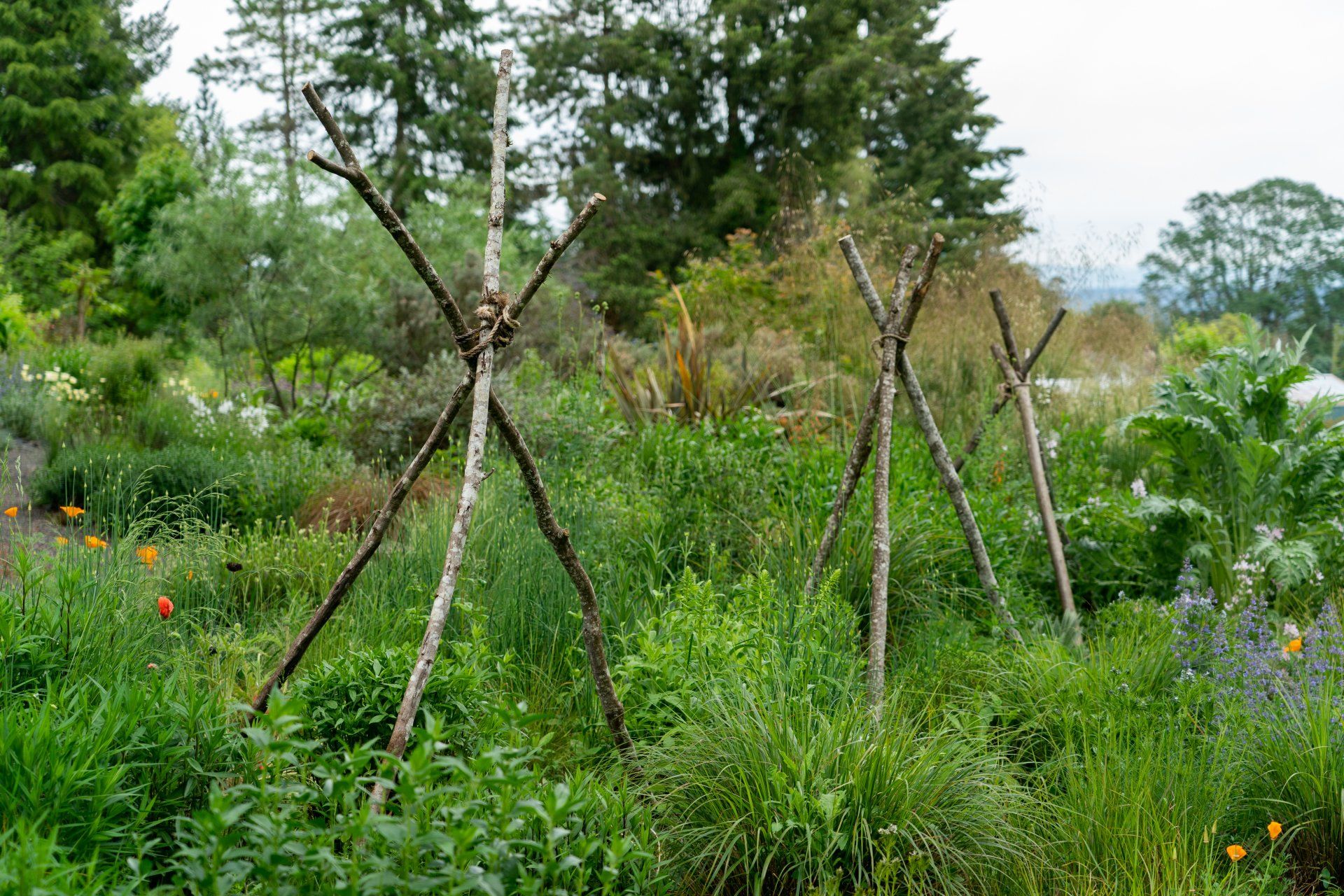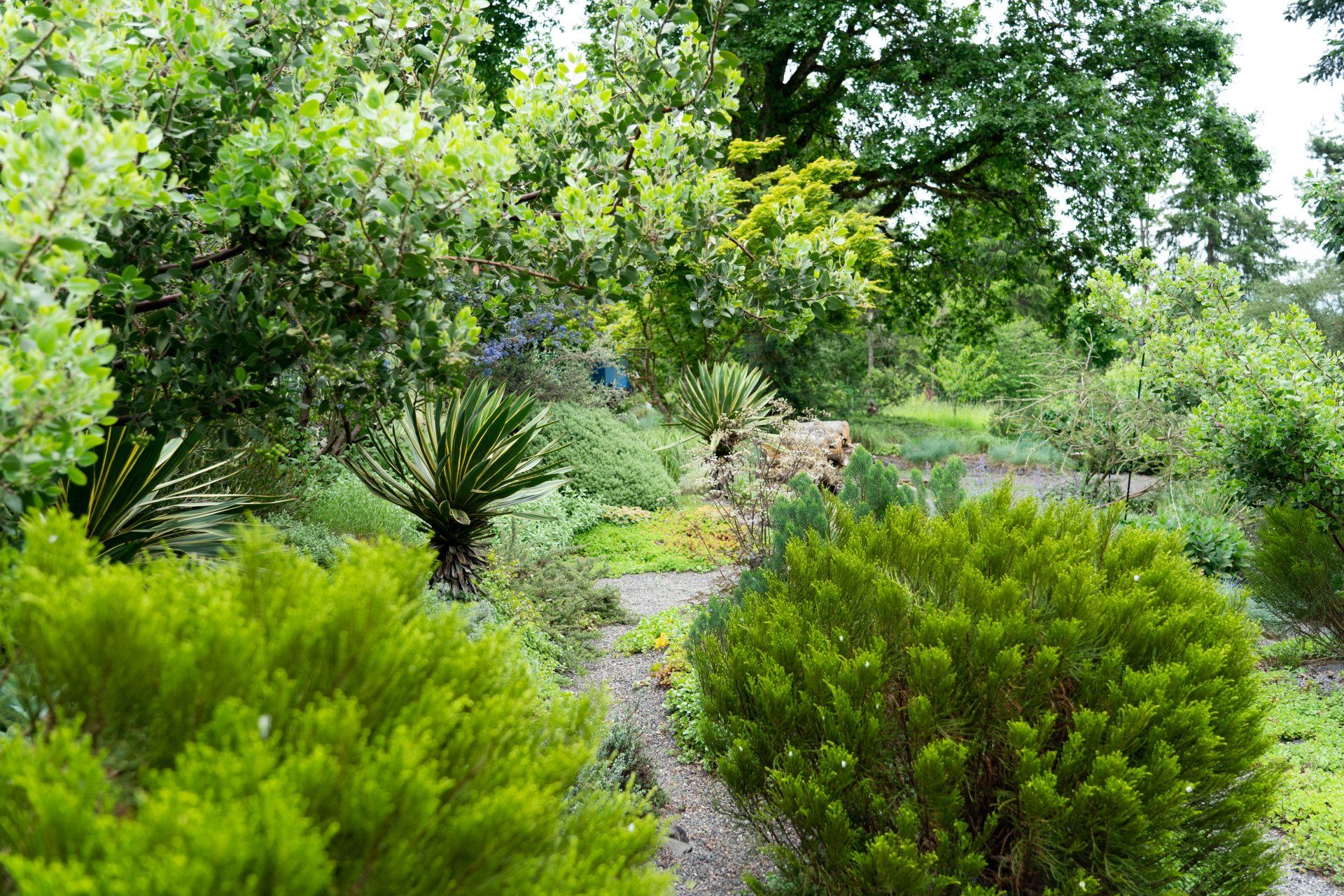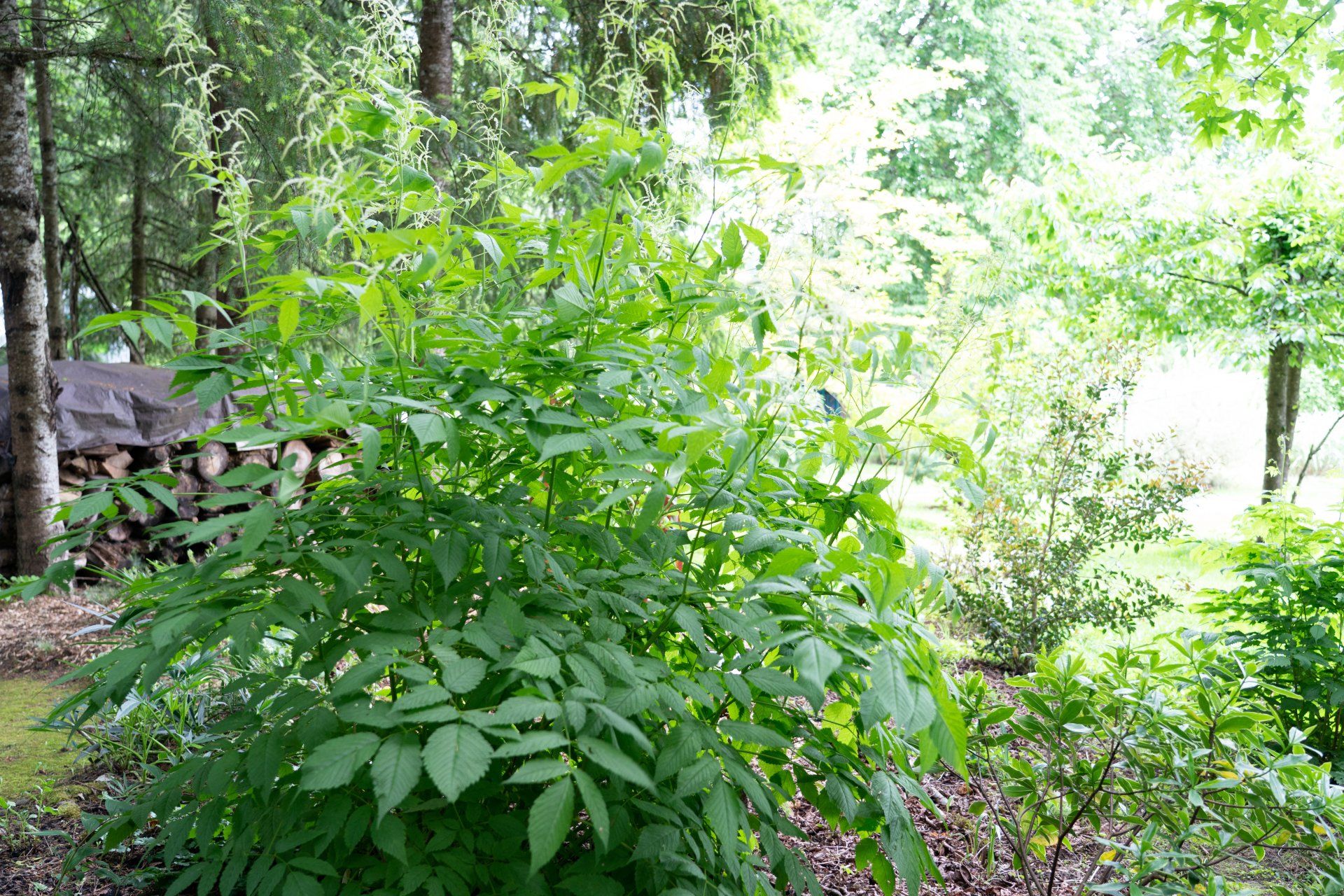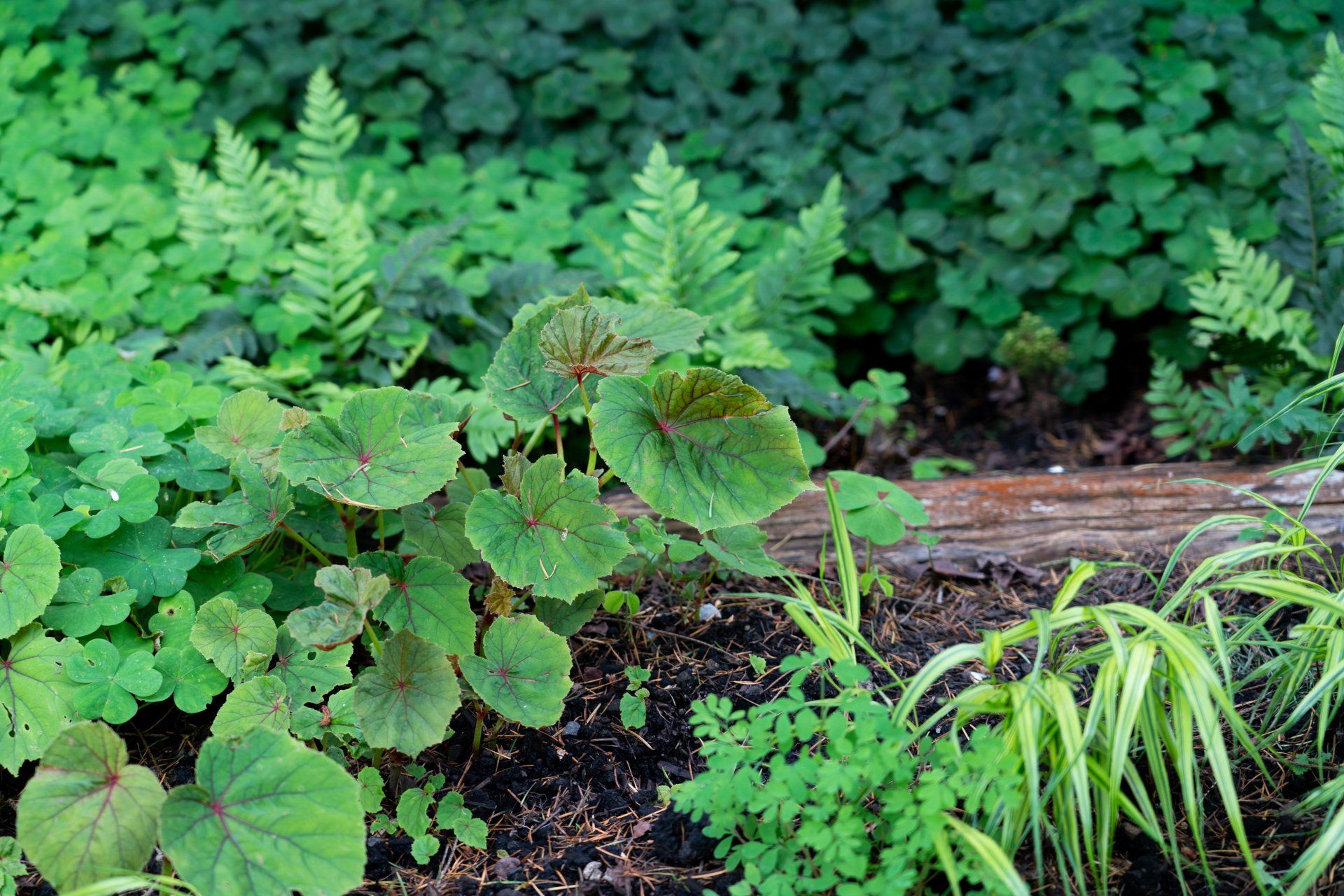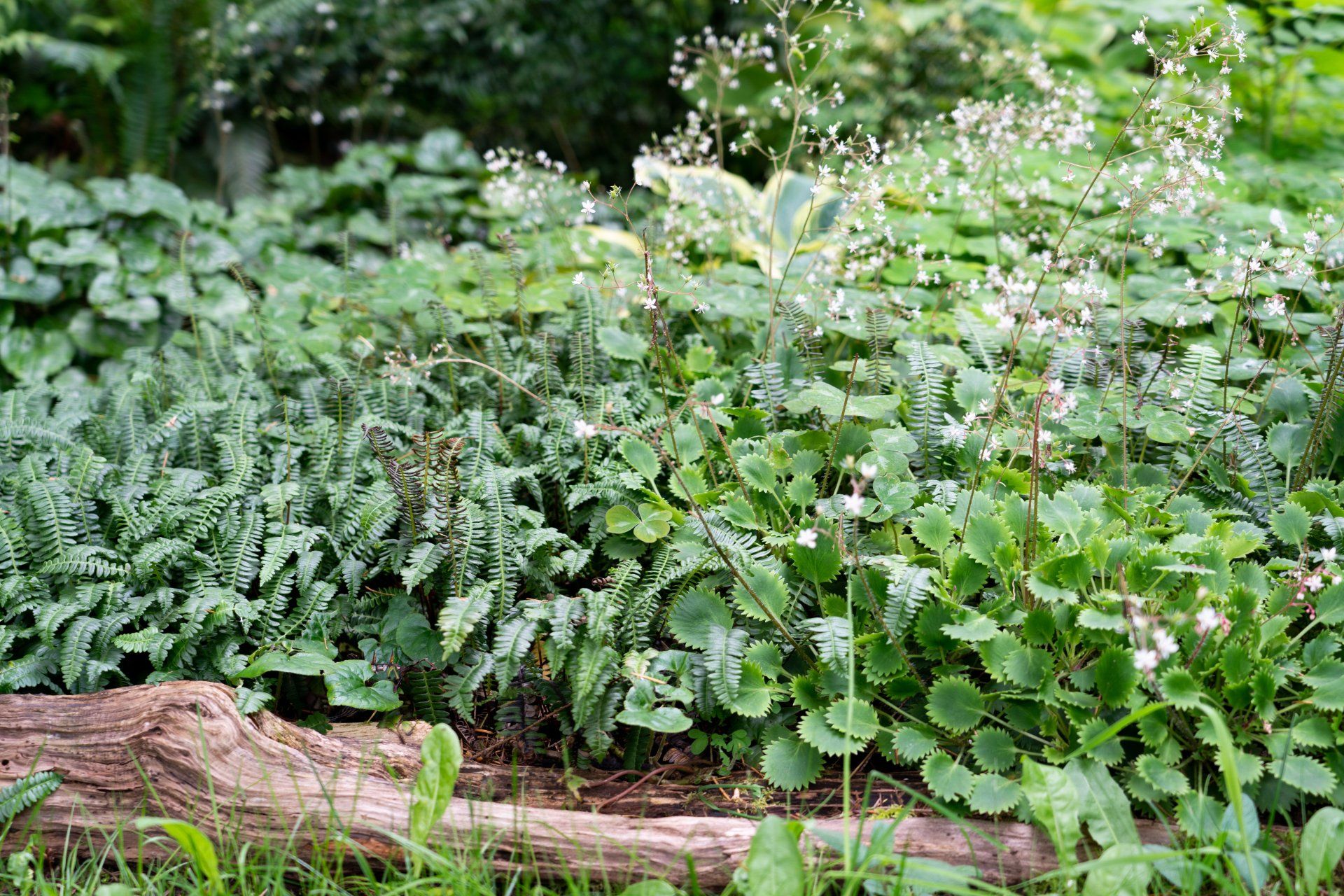
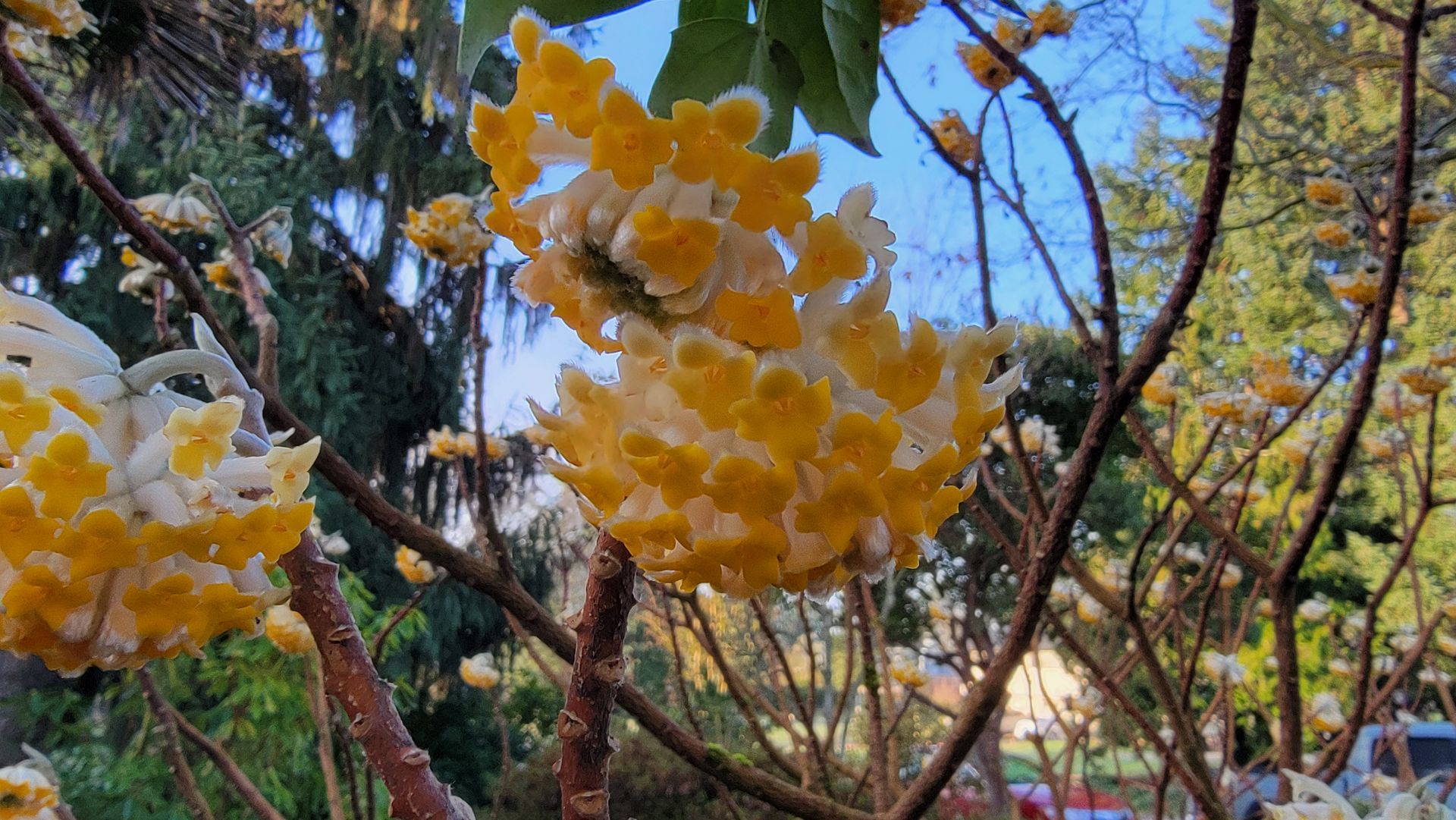
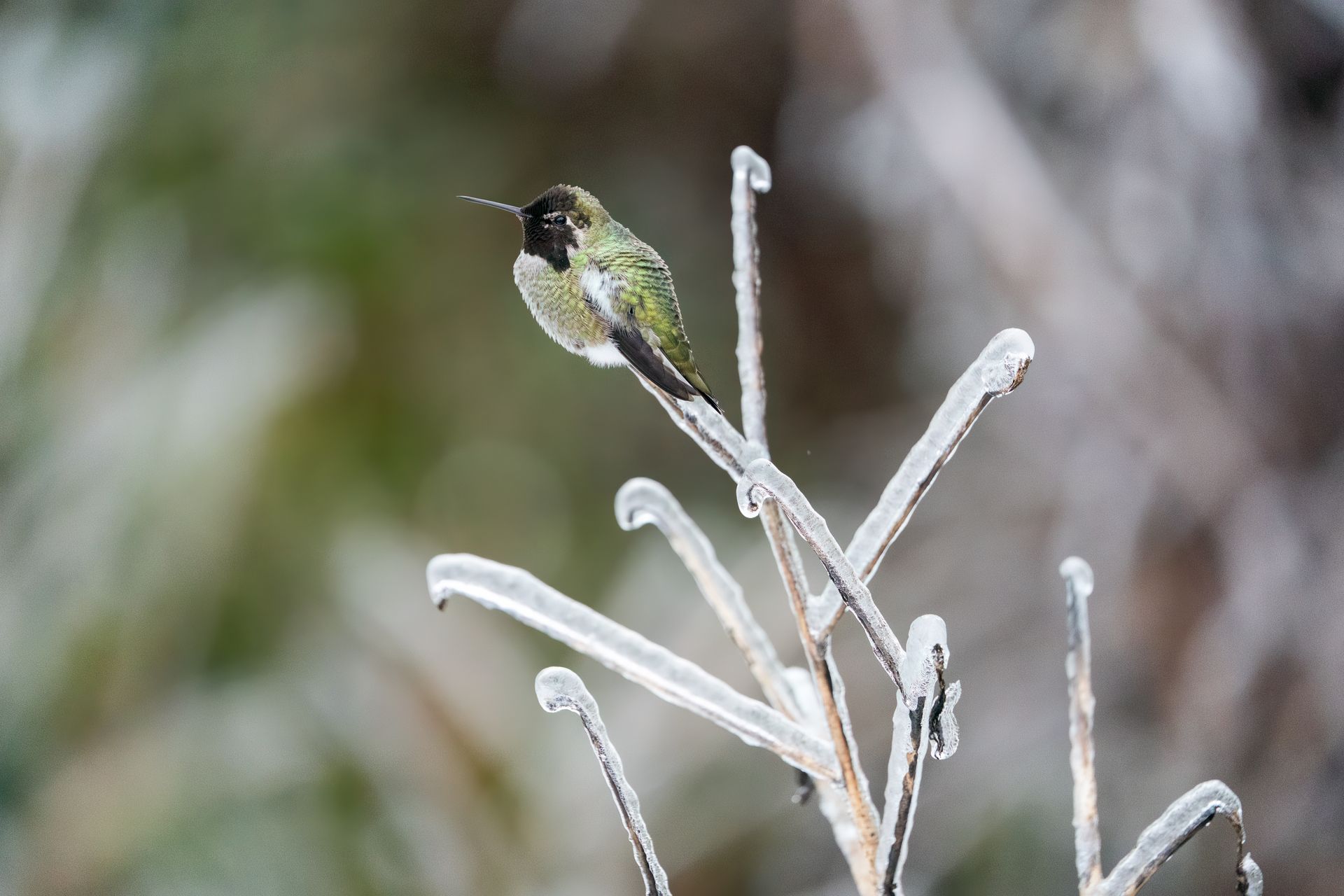
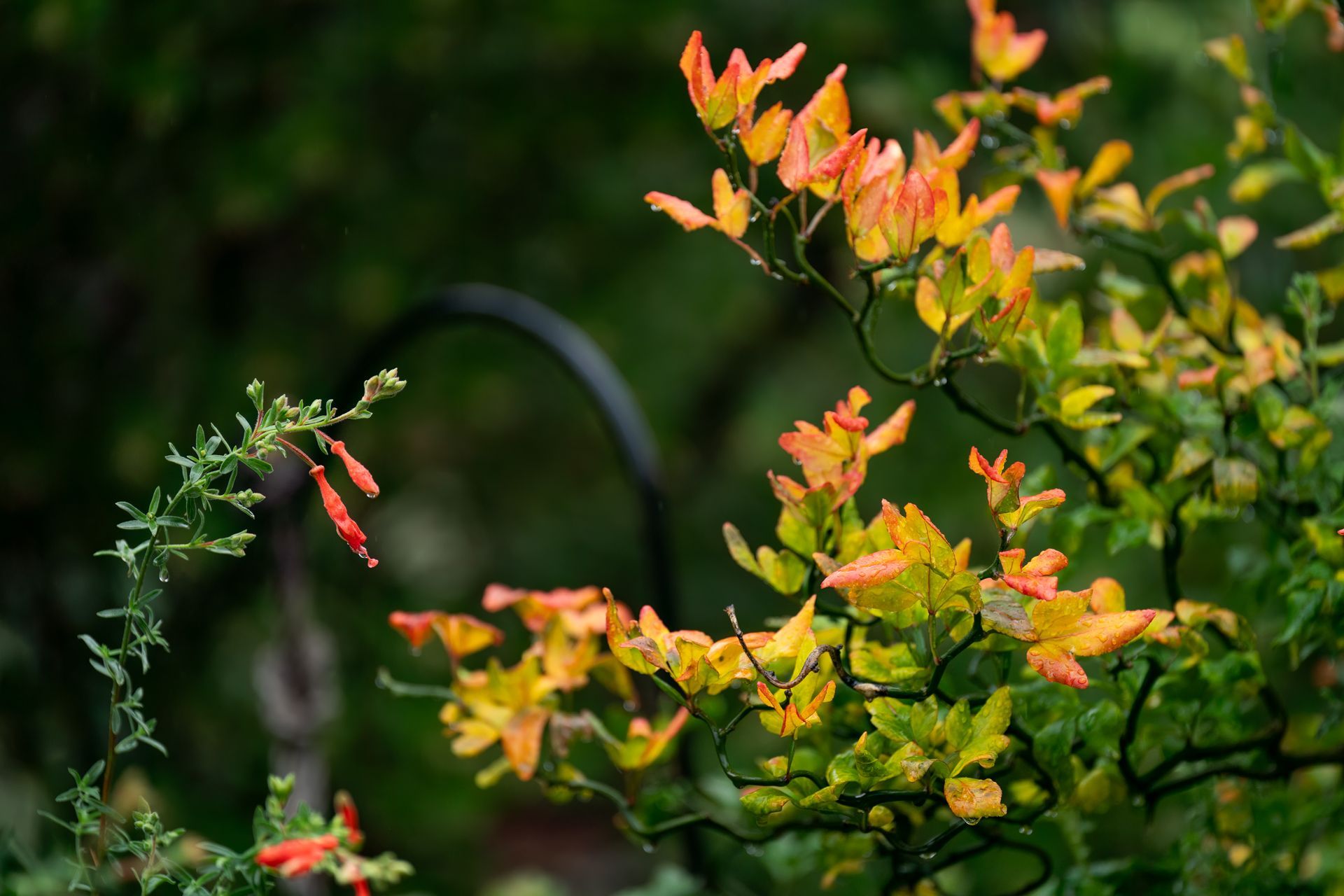
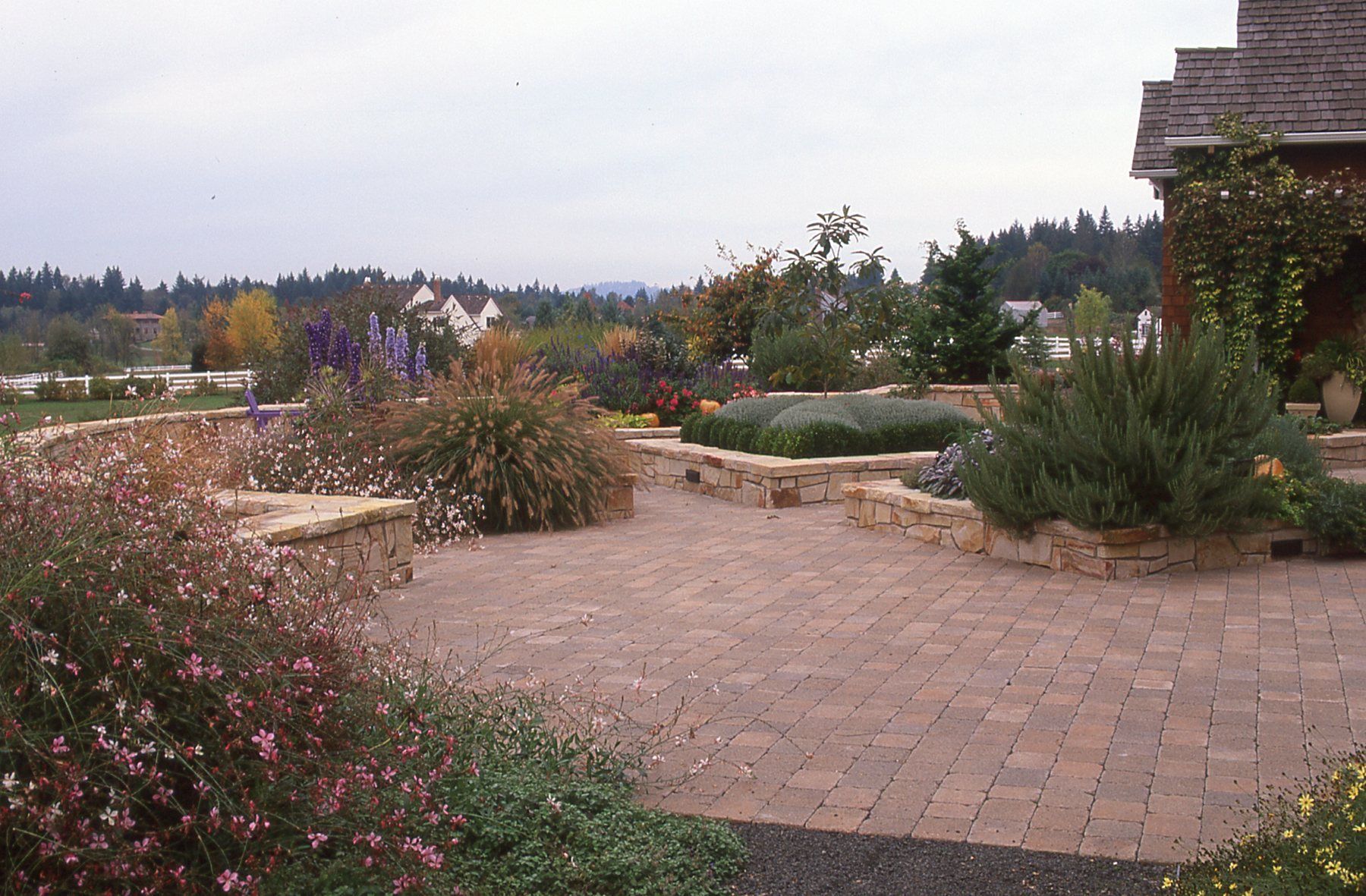

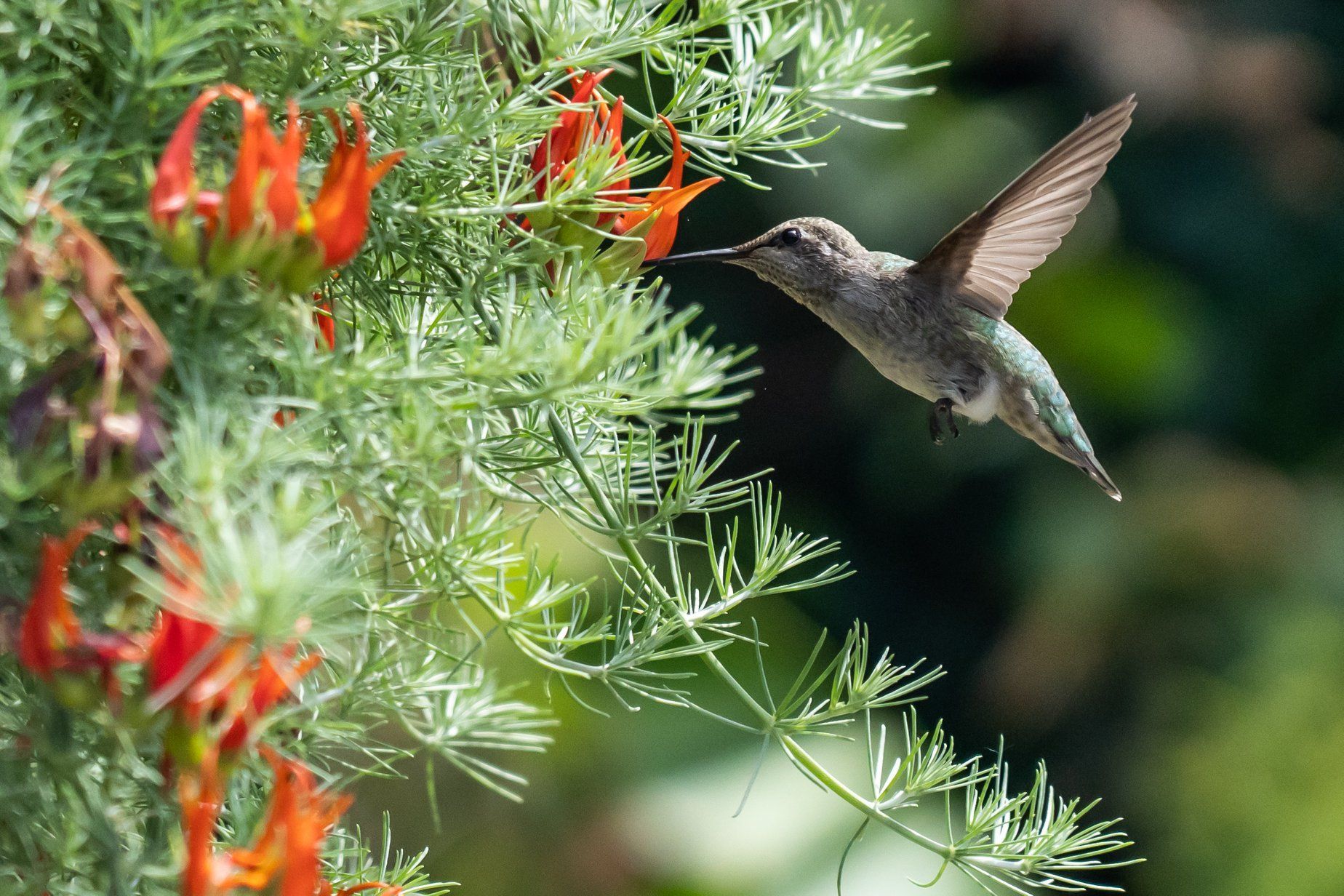
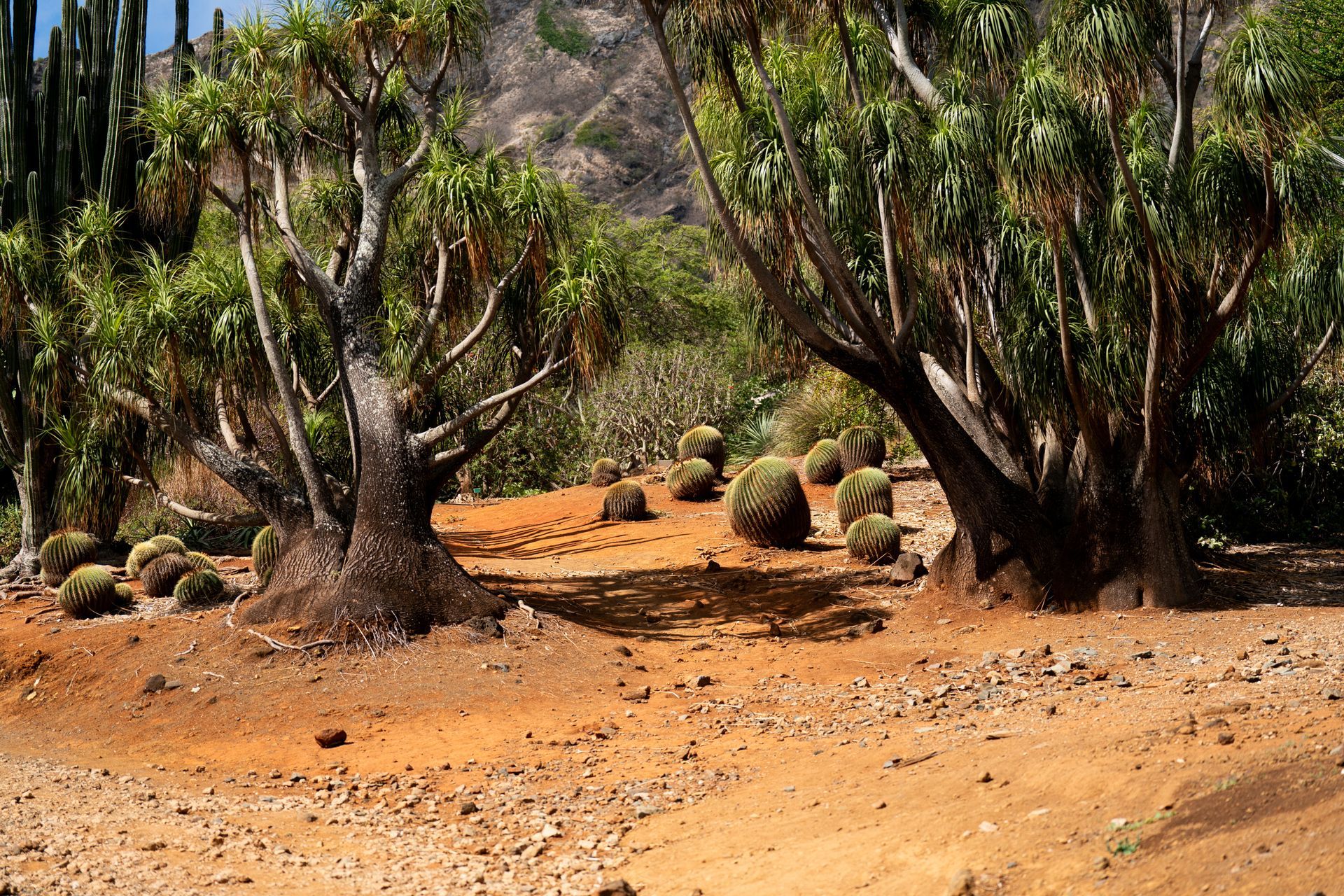
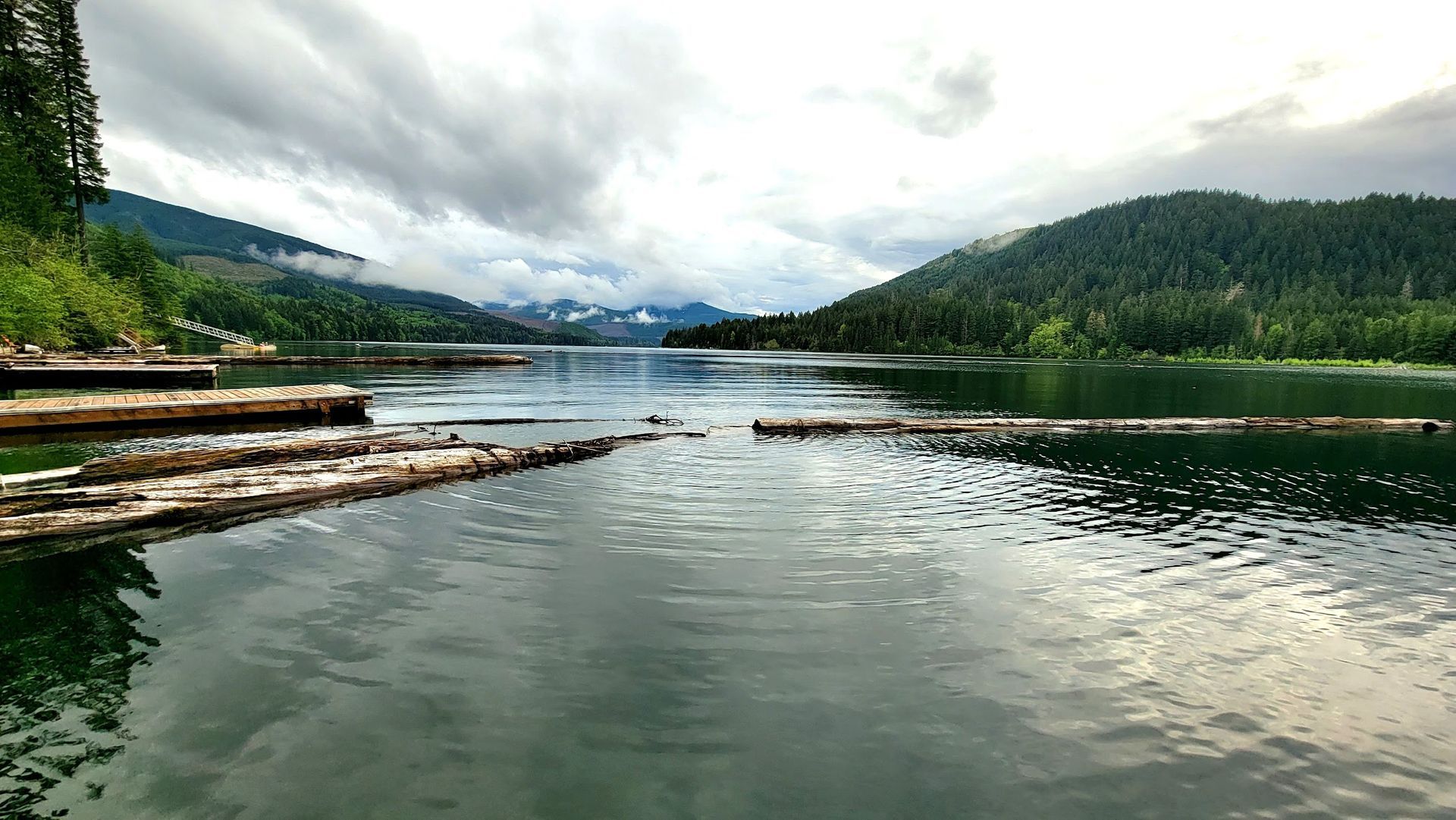
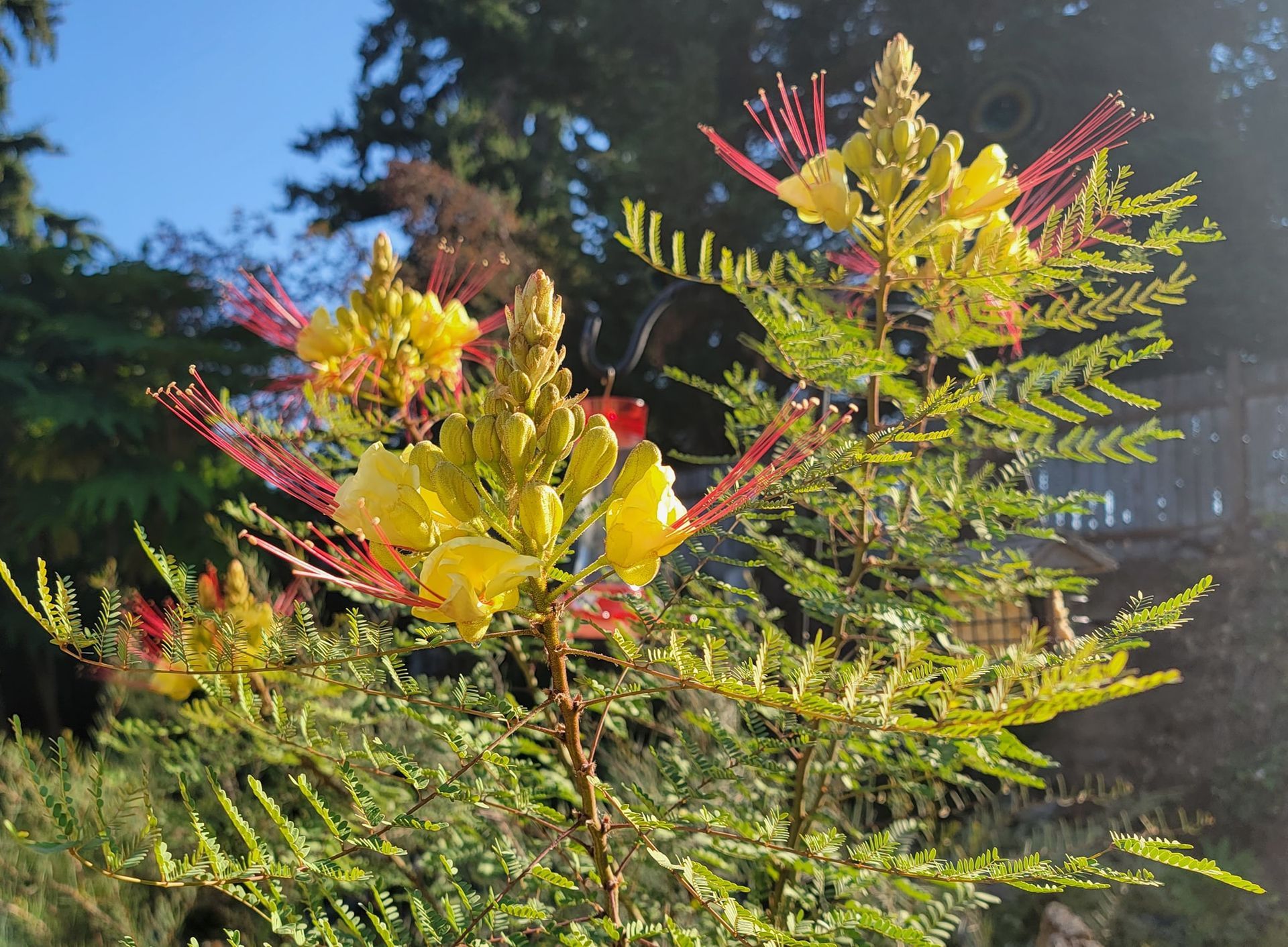


This winter I had a design client email me a picture from a Better Homes and Gardens magazine with the message, “this is what I want.” I poured over the beautiful photos of a garden photographed in the fall that had bright yellow leaves and tawny grasses; the pictures possessed a golden quality to them which drew me in. I squinted at the fine print below the photos: "Chickadee Gardens, located near St. Helens, Oregon," it read. This was something I just had to see for myself. So, on an overcast June afternoon, Dale and I headed to Chickadee Gardens, crossing our fingers in the hope of warding off the rain. The gardens, located in St. Helens, Oregon, were quite a trek from our Tigard office, but it turned out to be well worth the trip.
Chickadee Gardens is a private garden belonging to Tamara and David. As well as being an avid gardener, Tamara, a well known local garden blogger nestled in the hills above highway 30, shares her two-acre garden with the world. Tamara came to gardening by way of fine art and a passion for backyard habitats. After moving back to her native Portland from the Bay Area in her early 30’s, she began experimenting with plants in her mom’s back yard. In 2015, Tamara and David purchased their new home with the surrounding two acres. The home and land have passed through several creative and thoughtful hands down to Tamara. The house was originally designed and constructed by an artist who used half of it as her studio, another owner painted the outside walls a vibrant fuchsia color and created a meditative labyrinth in the garden.
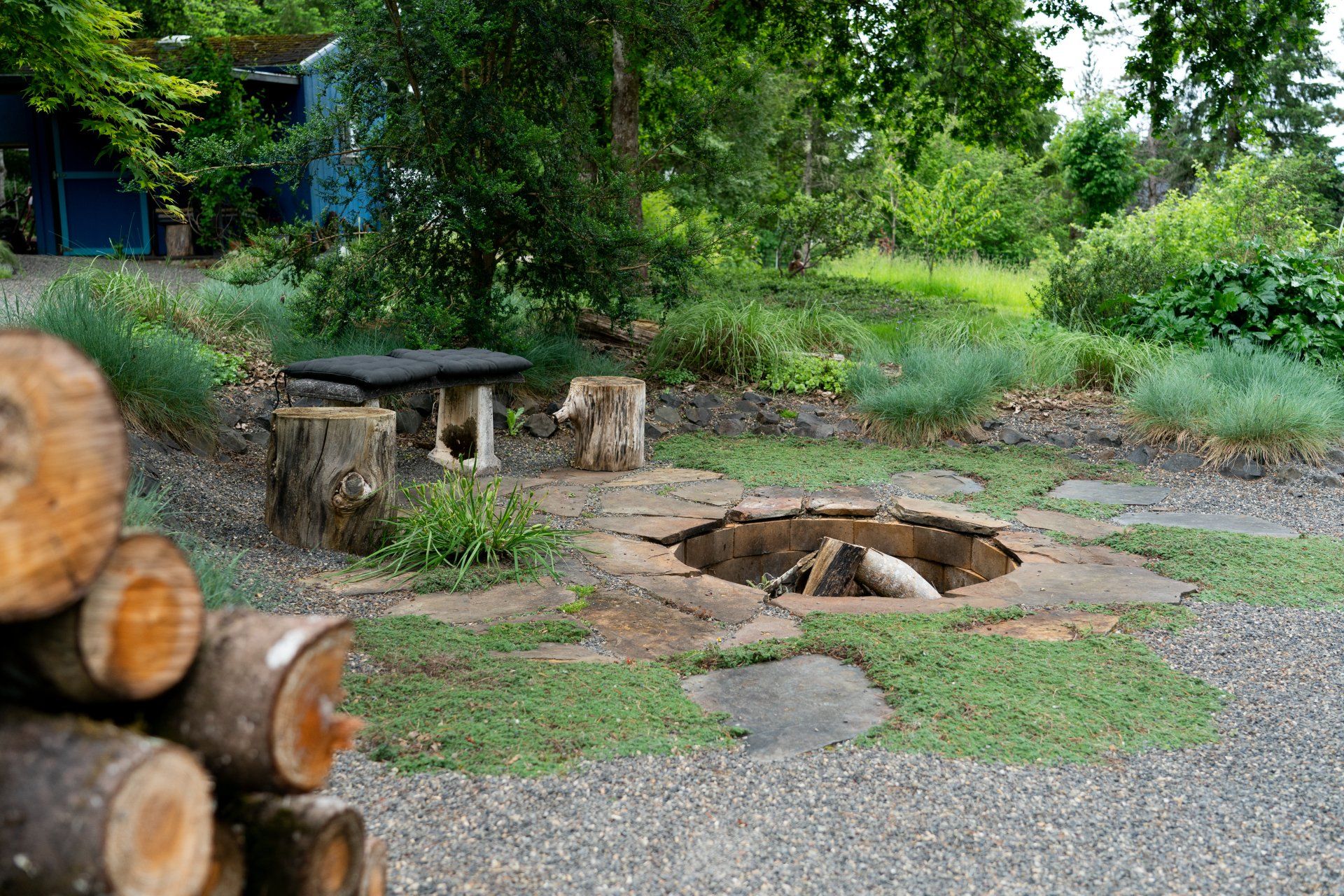
While we walked around, Tamara told me that she often gets mixed reactions from people who come to see her garden. Her aesthetic is loose and almost wild, incorporating the use of multiple canopy layers and a generous helping of native plants—an echo of her time volunteering with the backyard habitat program. This is not the garden for neatly trimmed boxwood hedges, nor for the carefree English cottage garden with rambling roses. In Chickadee Gardens, Tamara has thoughtfully selected plants that will thrive in her varied micro climates, and that they will be self sufficient during our long dry summers and resilient to our wet winters. It’s a garden that feels like it belongs in Oregon—quirks and all. Due to her work at Joy Creek nursery over many years, she has an abundance of unique plants that we "oohed" and "ahhed" over as we meandered through her system of crushed gravel paths.
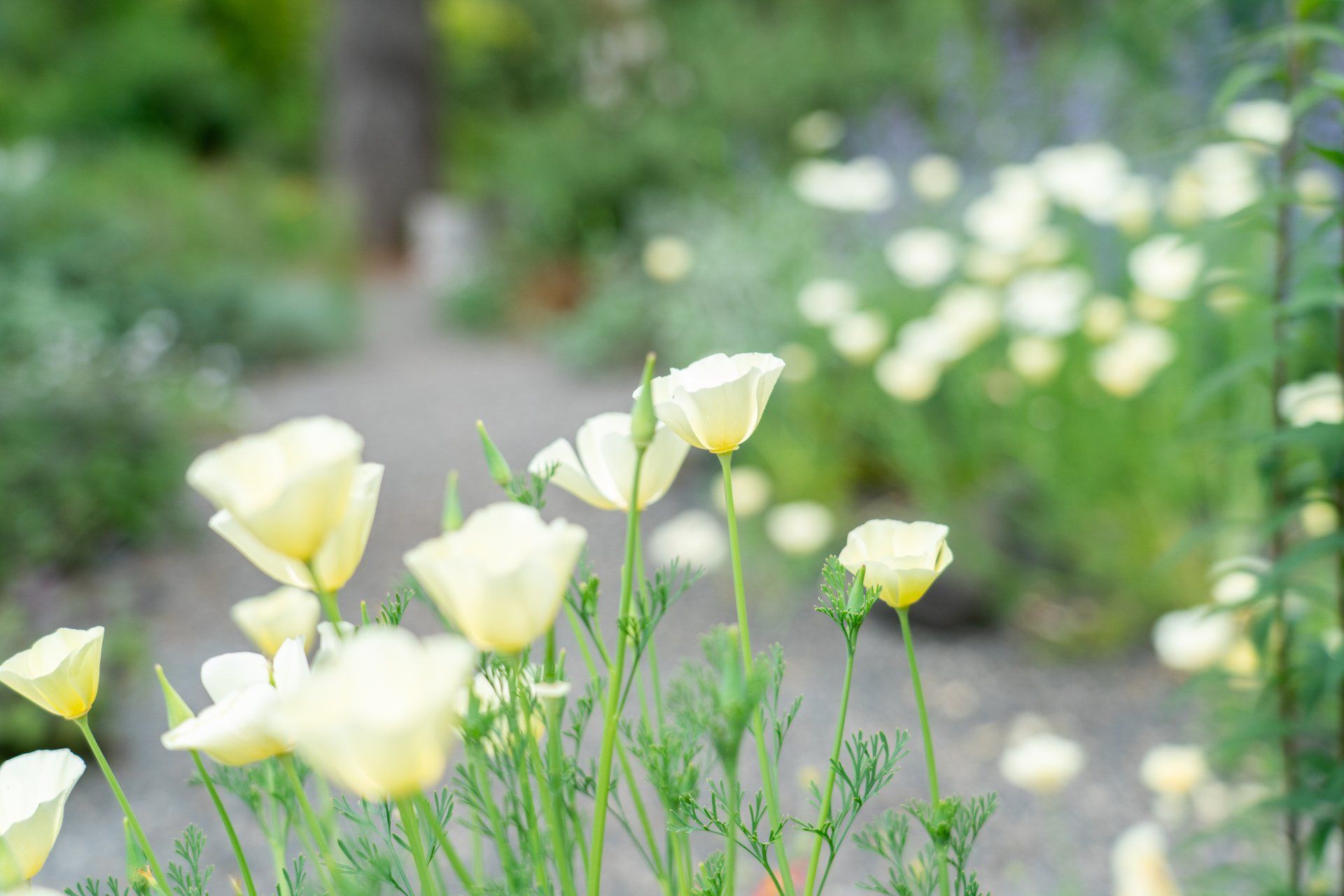
Cream colored California Poppy

Lavandula stoechas 'Van Gogh'
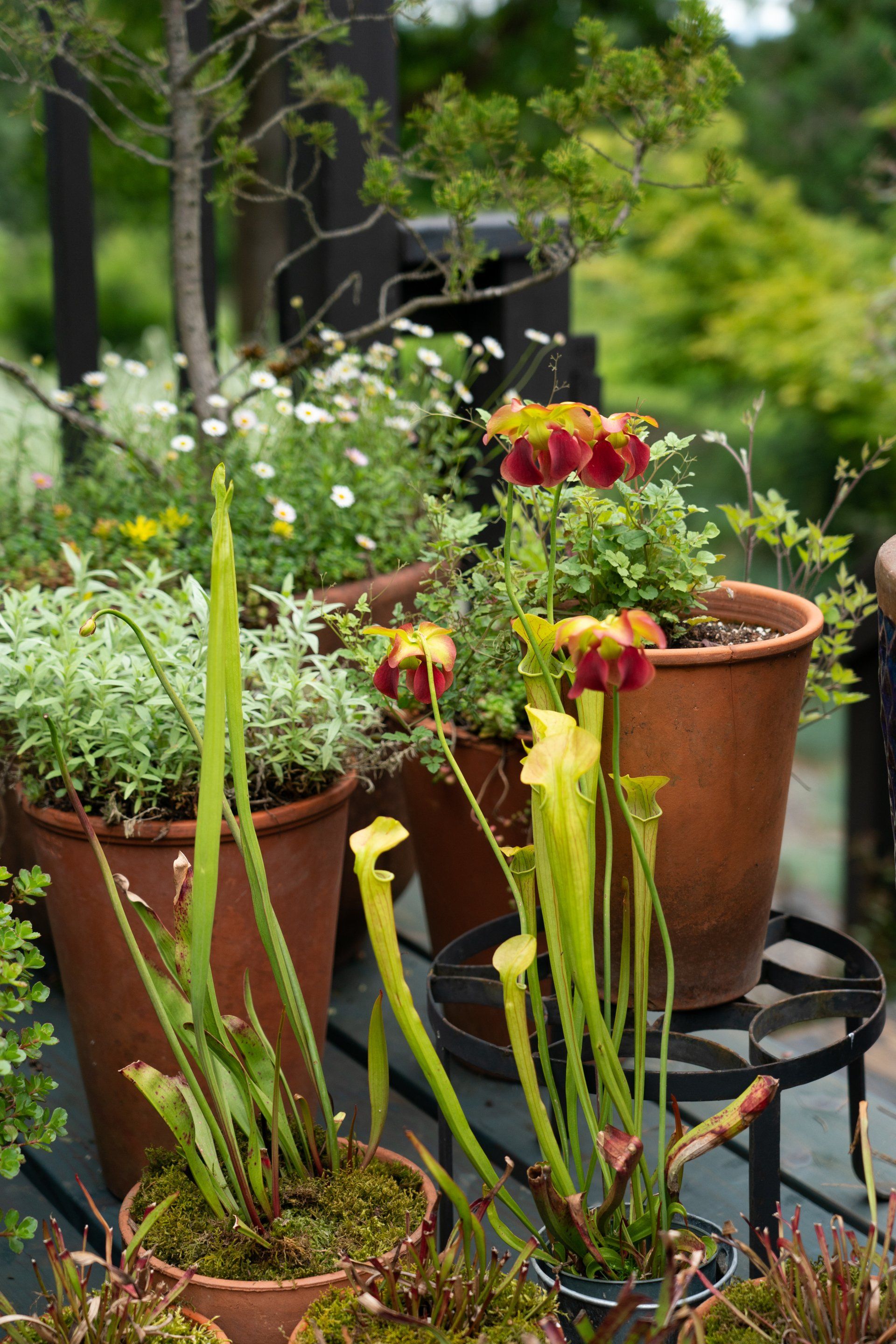
A mix of pitcher plants
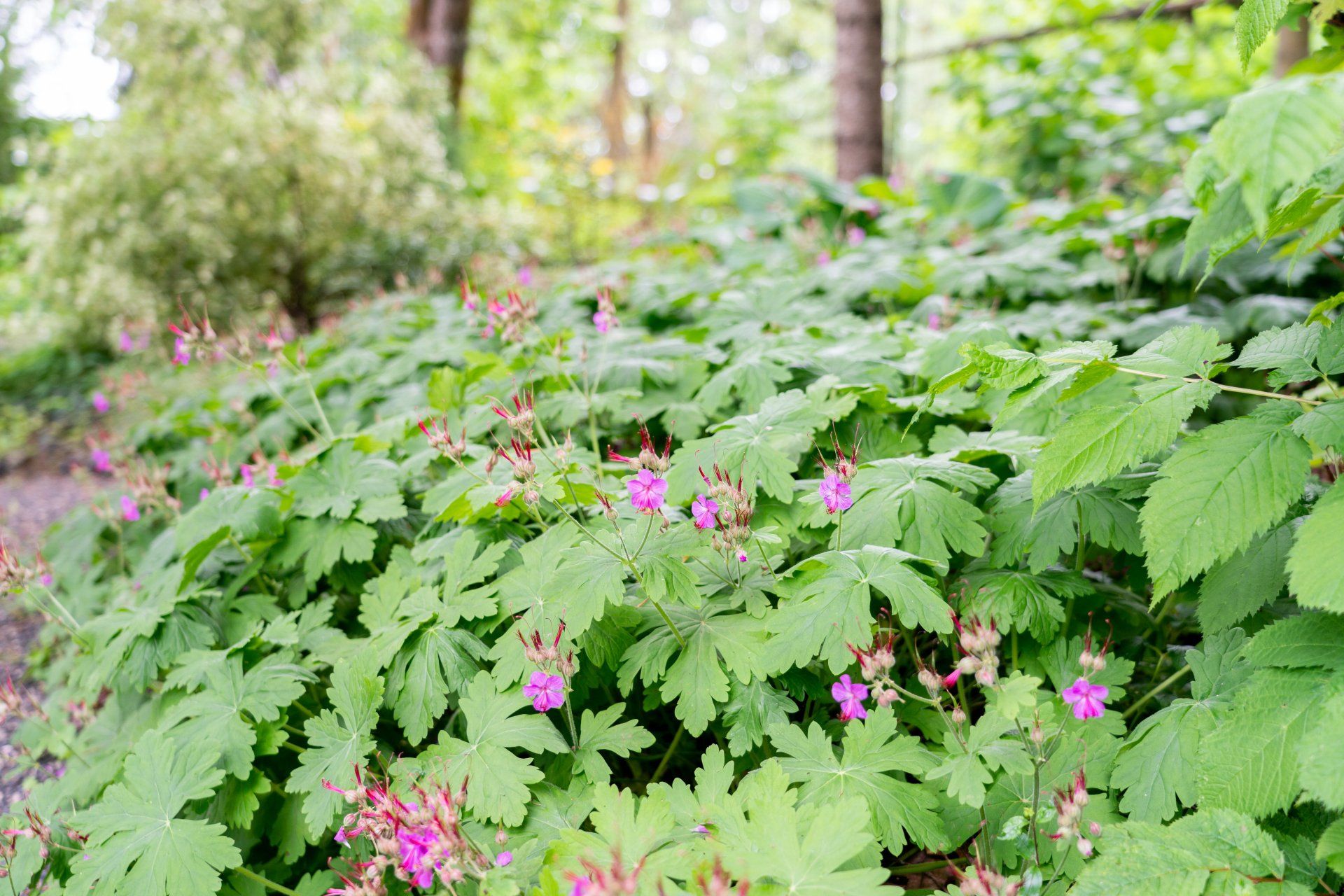
Big Root Geranium
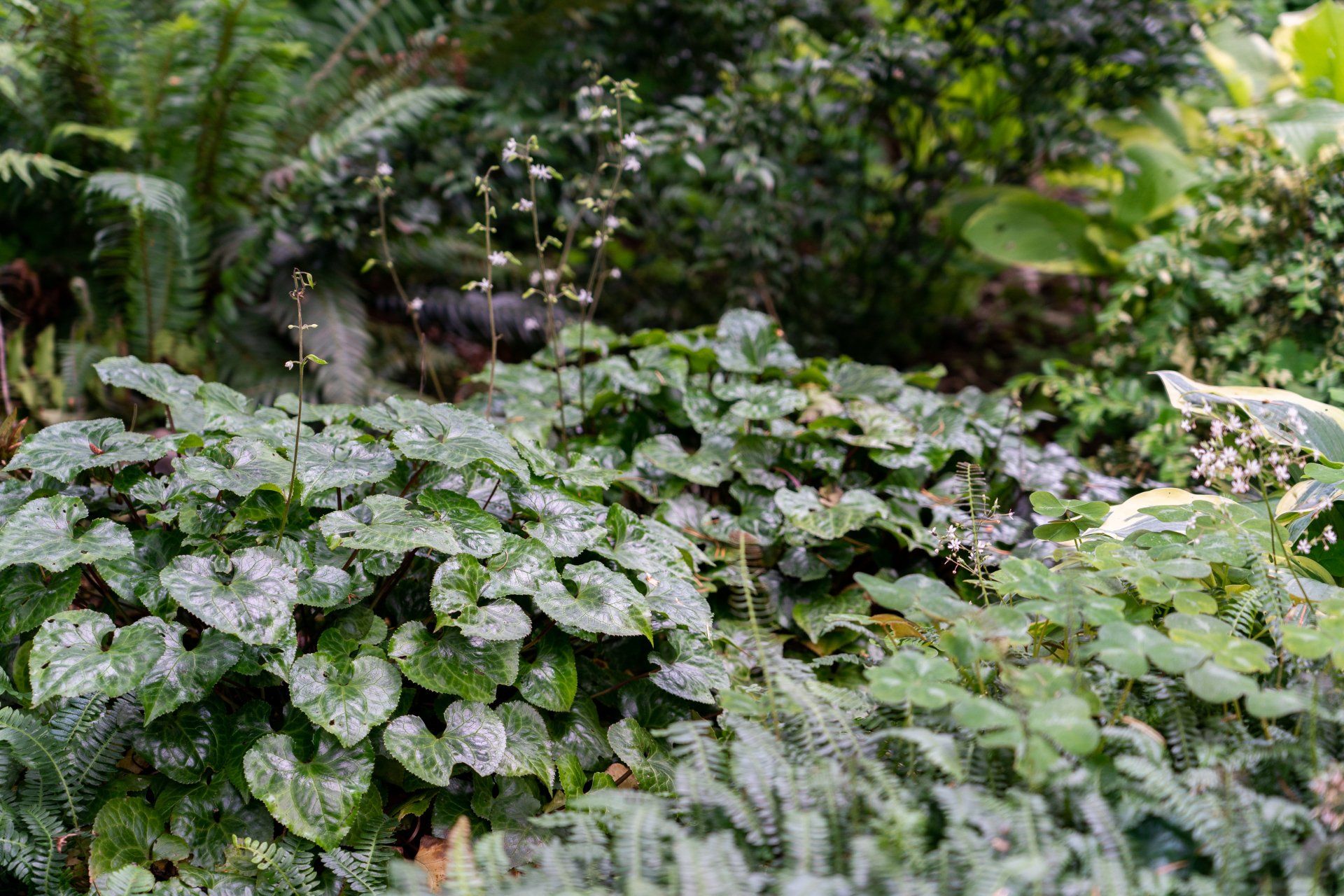
Beesia
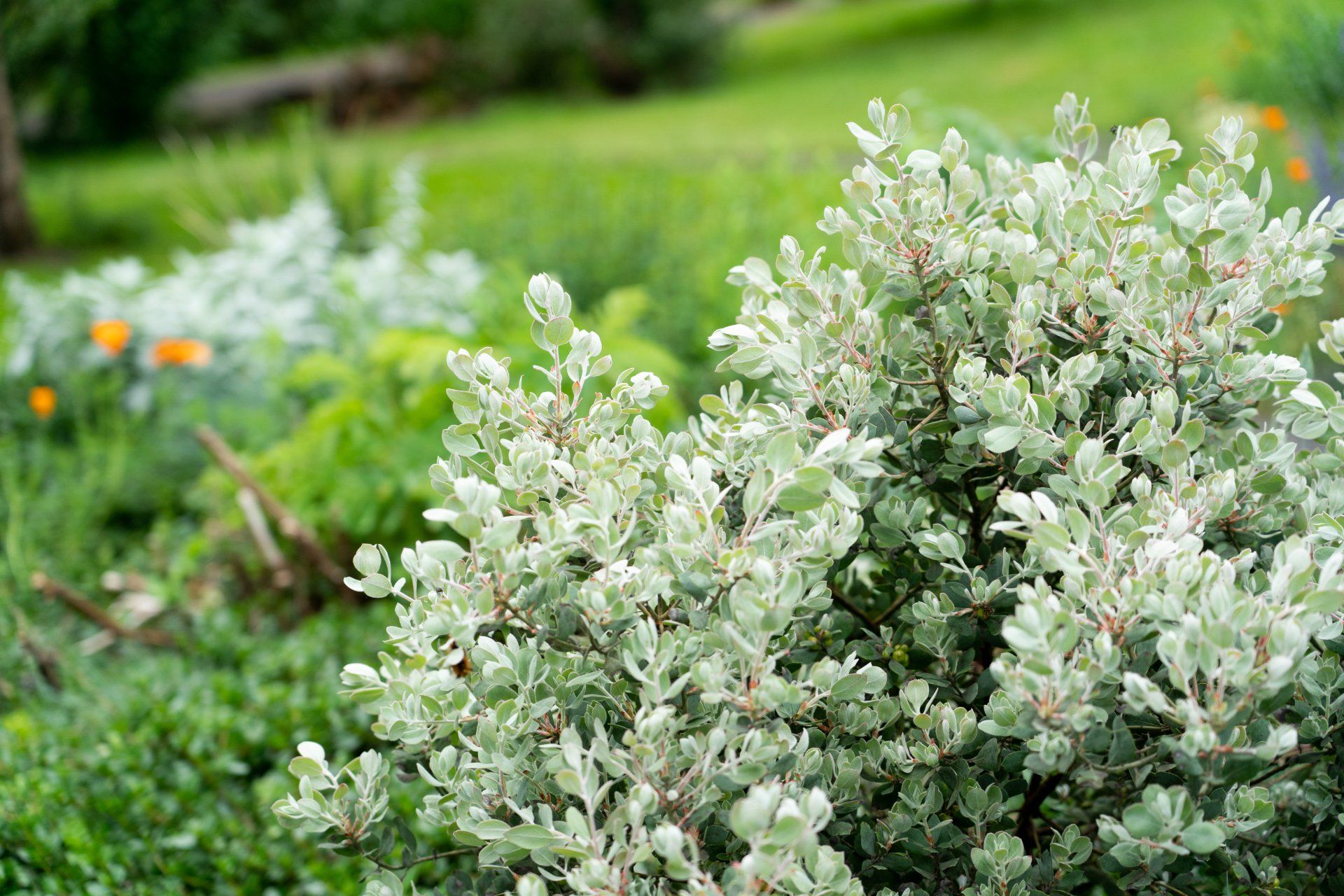
Arctostaphylos 'Ghostly'

Podophyllum 'Spotty Dotty'
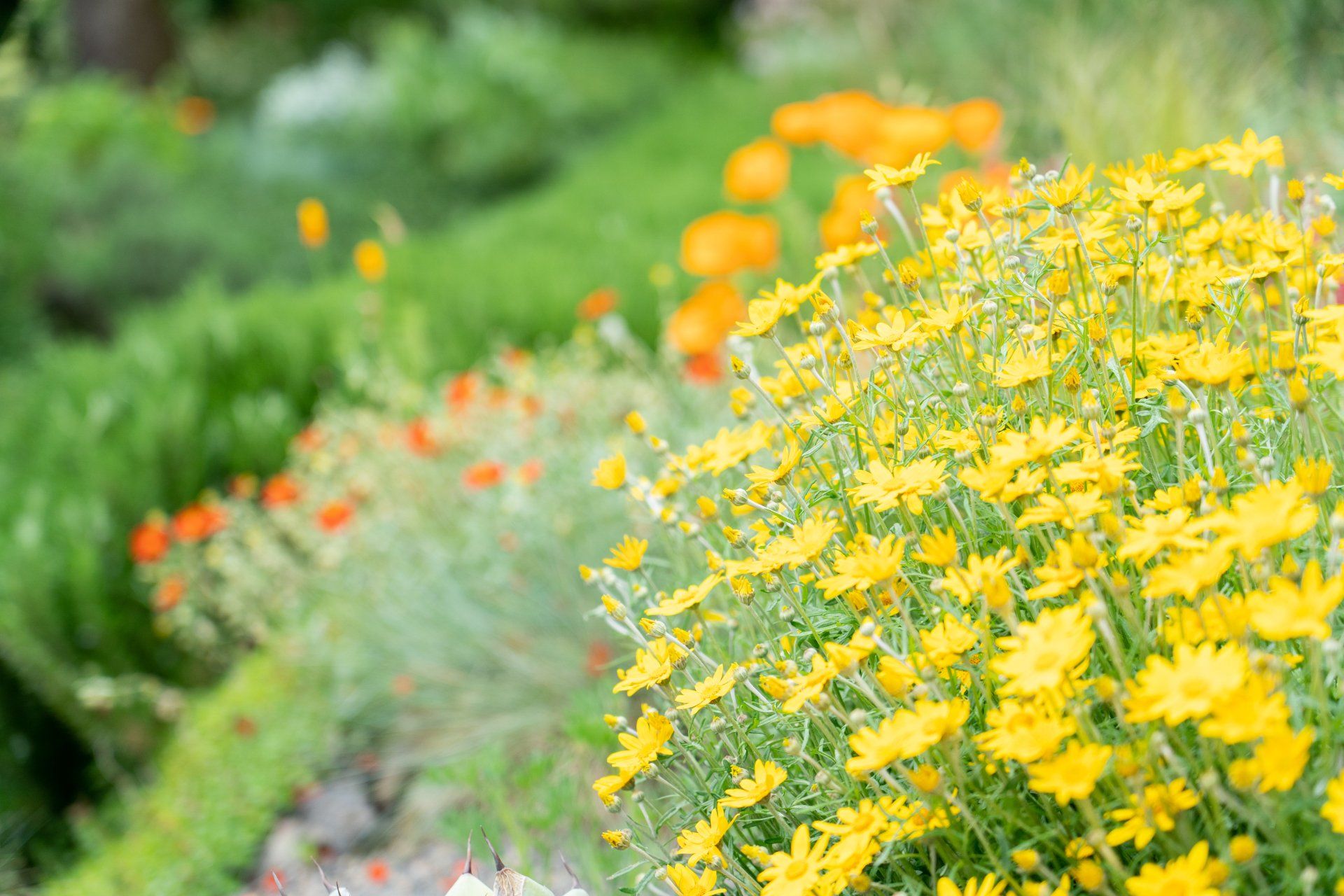
Eriophyllum Oregon Sunshine
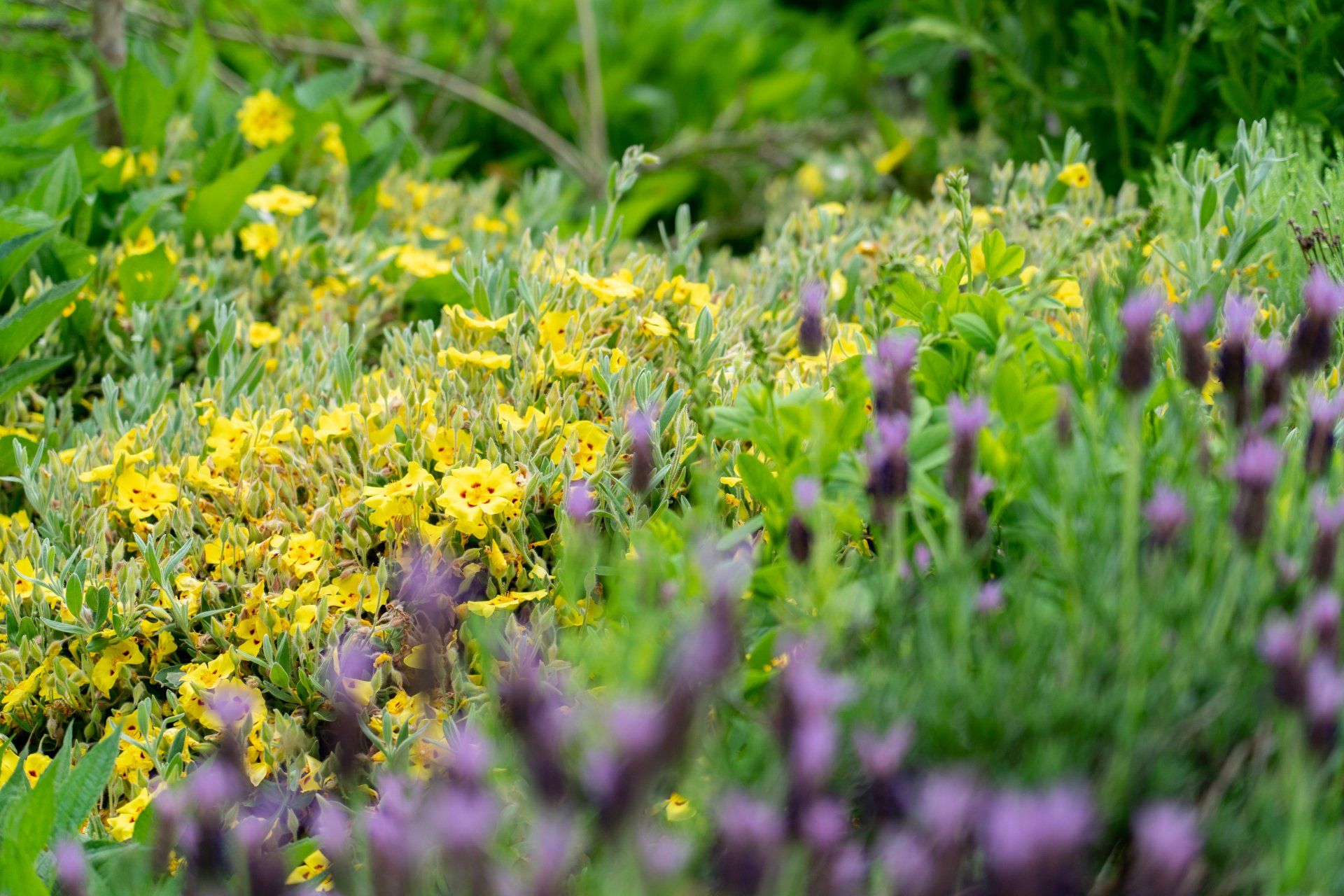
Rock Rose and Spanish Lavendar
When I asked her about the upkeep needed for this size of garden, Tamara was very upfront that she spends hours every day tending to her yard. Since Joy Creek Nursery closed this past year, she has dedicated the bulk of her time to her garden and to garden coaching.
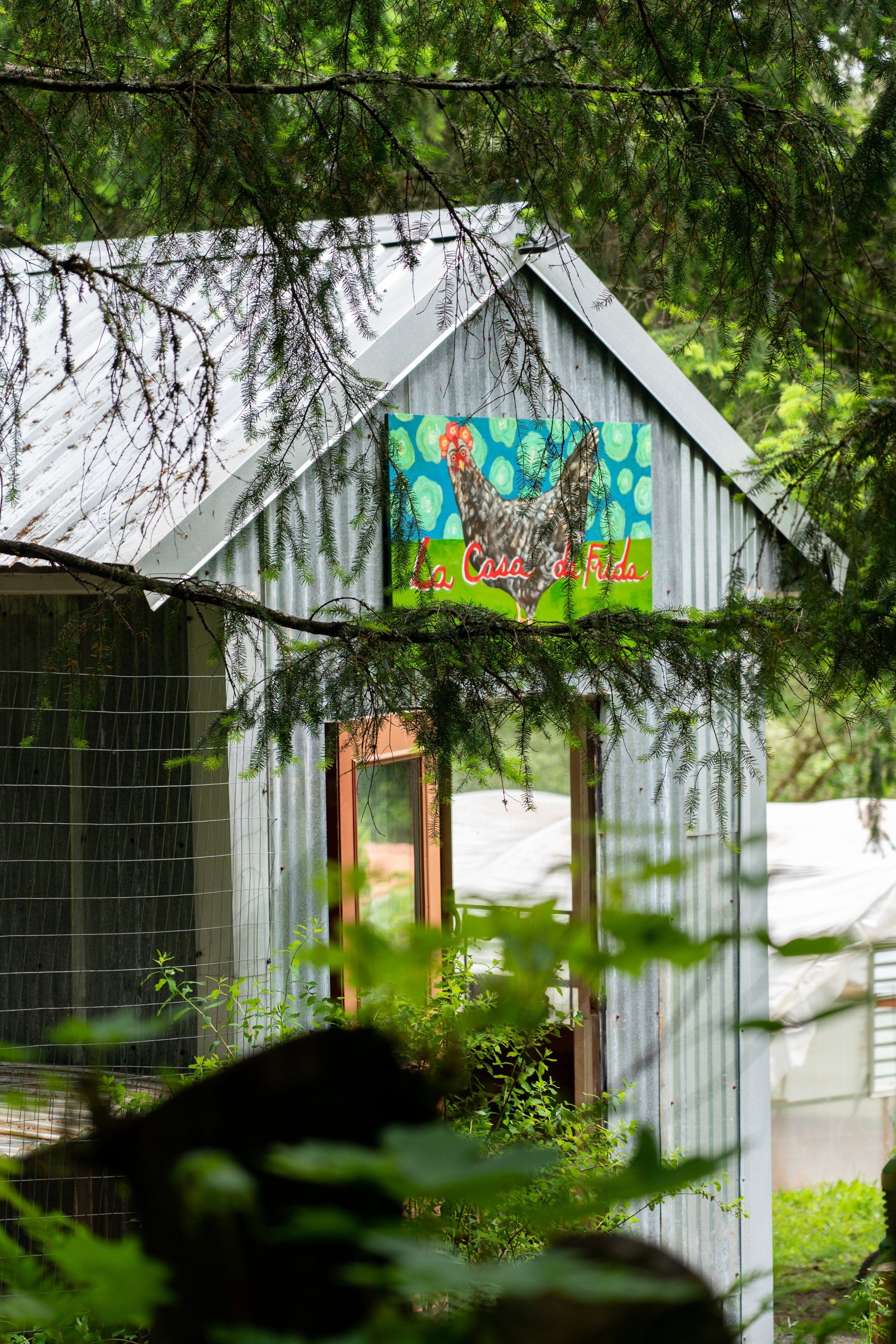
The Chicken Coop - Casa de Frida
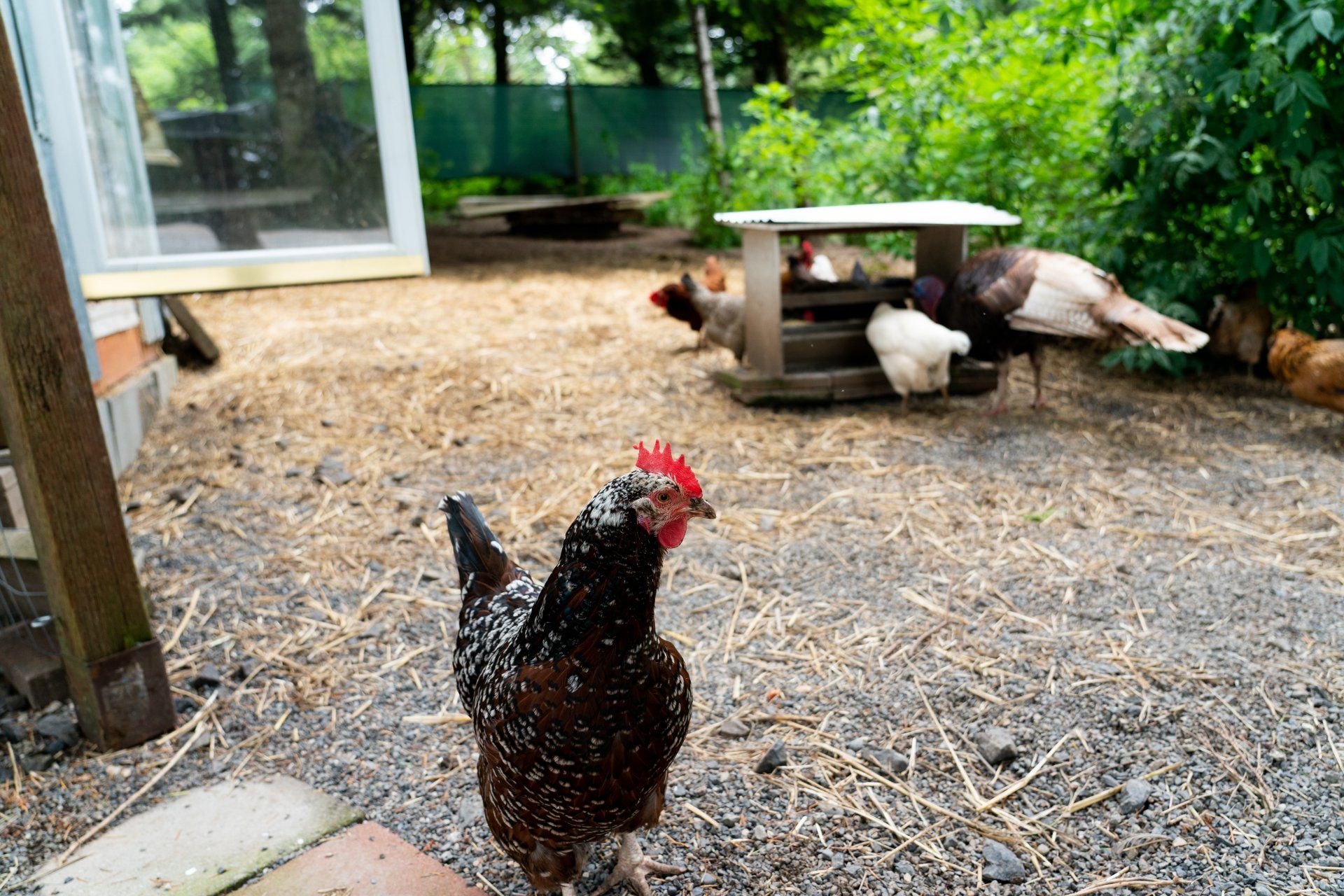
Frida
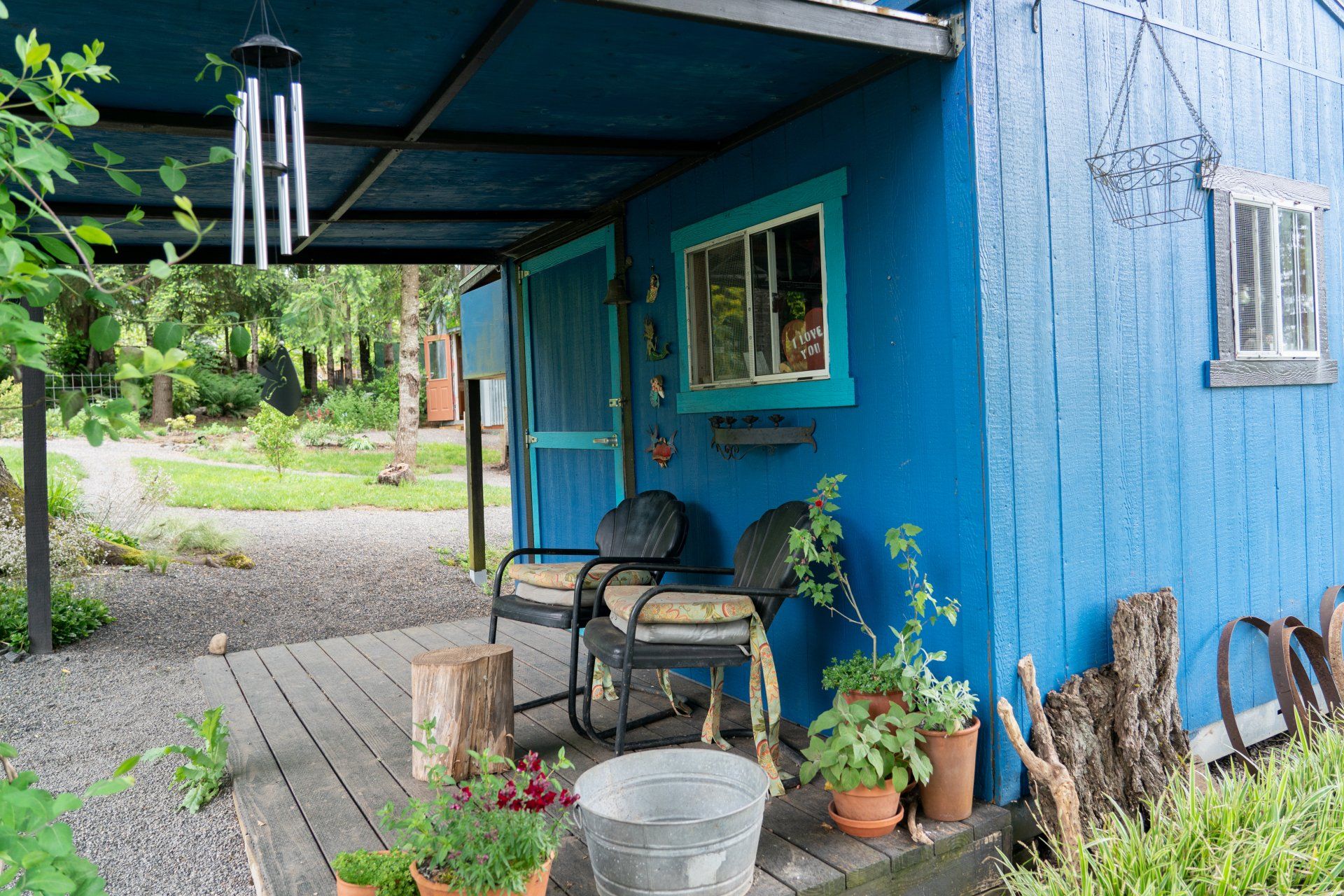
She Shed
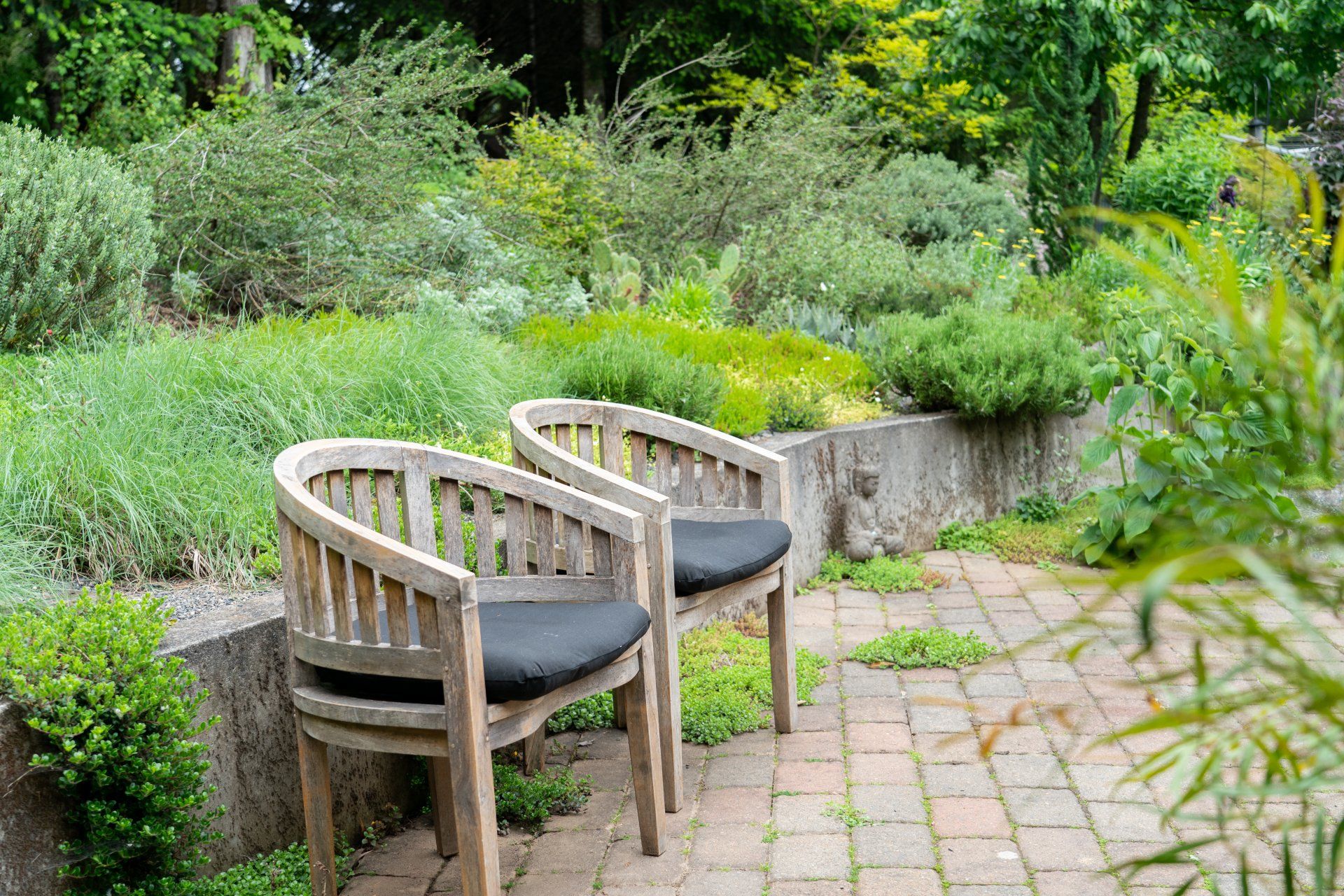
One must have a place ro rest after all that work.
I was curious about her approach to planning out her garden since it covers such a large area. Tamara told me she started with a very simple design outlining the various areas, garden beds and general shape she wanted them to take. To quote, “I knew I wanted a swoosh here and a swoosh there.” She tackled each section one at a time and designed as she went.
Tamara was also very intentional about where she incorporated color in her garden, keeping more muted tones toward the house and bright wild colors on the periphery. In some areas, she has come into conflict between her designer- and gardener-self: she will create a striking composition of a grouping of plants and then have to impose rigorous self-control to keep her inner gardener from putting other plants in that space.
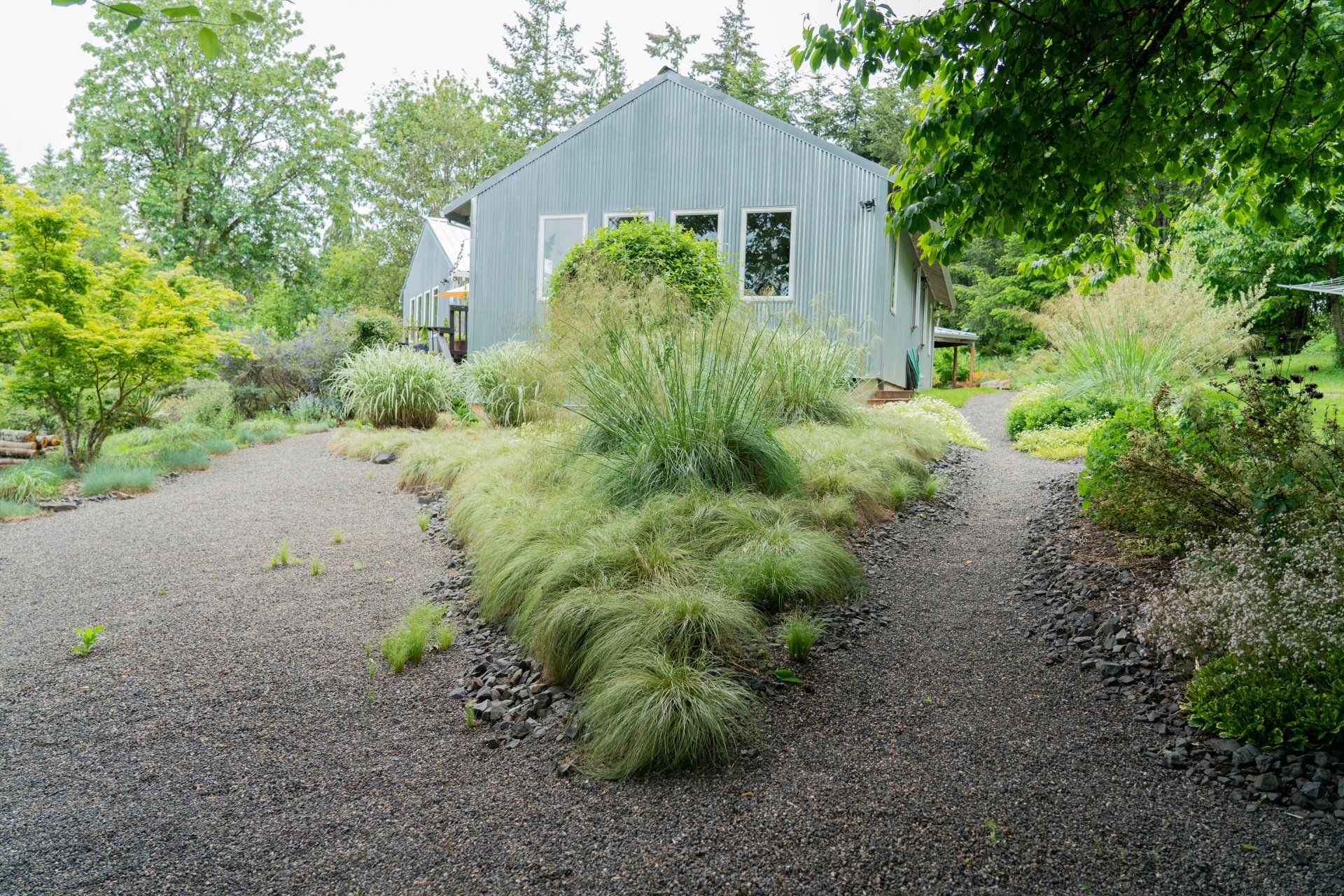
Exploring Chickadee Gardens is a beautiful reminder that a drought tolerant garden that is adapted to our climate can still be lush and full of beauty throughout the seasons. Tamara’s journey to her garden is a reflection of how so many people in the gardening community, from such a variety of backgrounds, come to find solace in plants and earth, and their gardens tell their stories.
